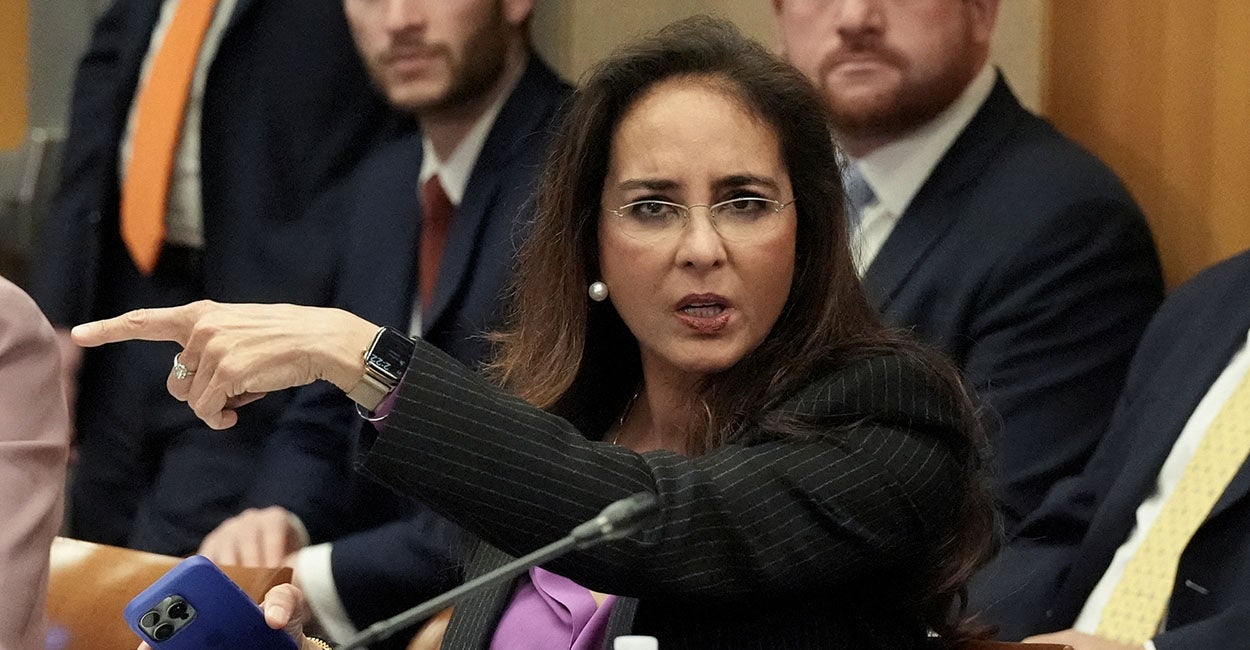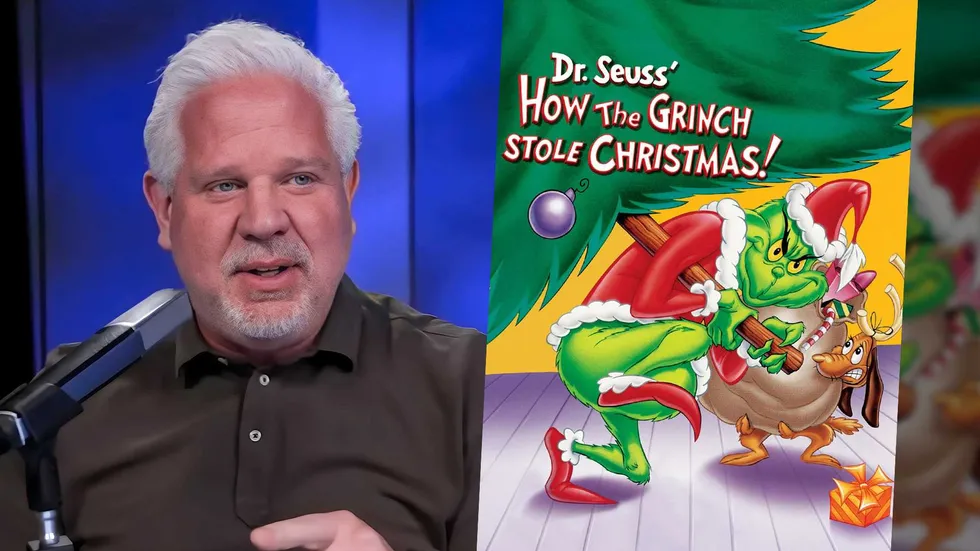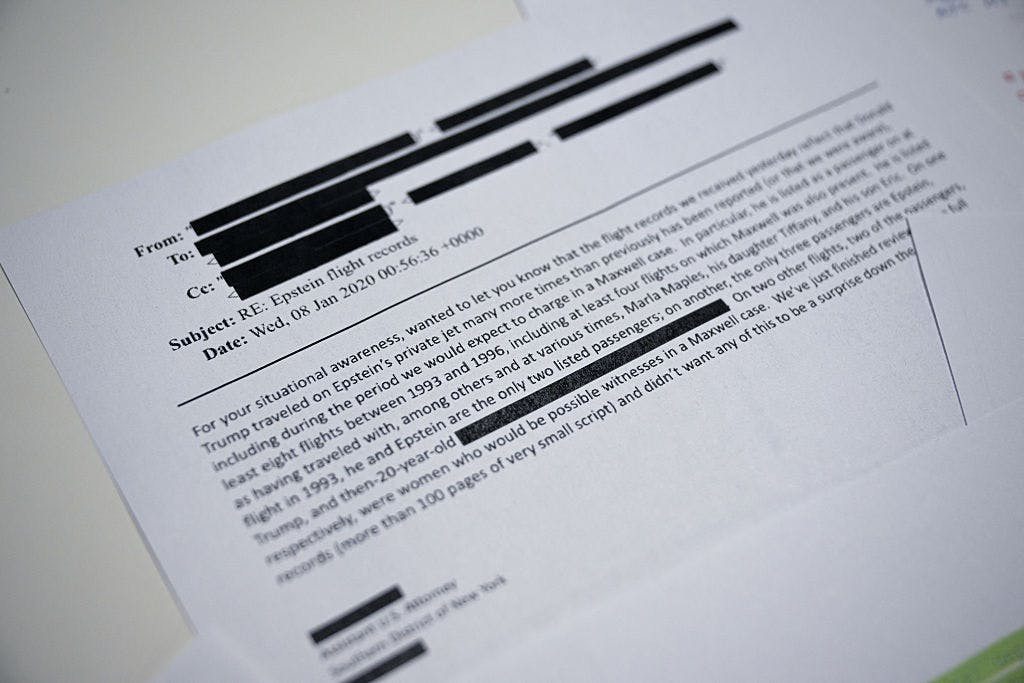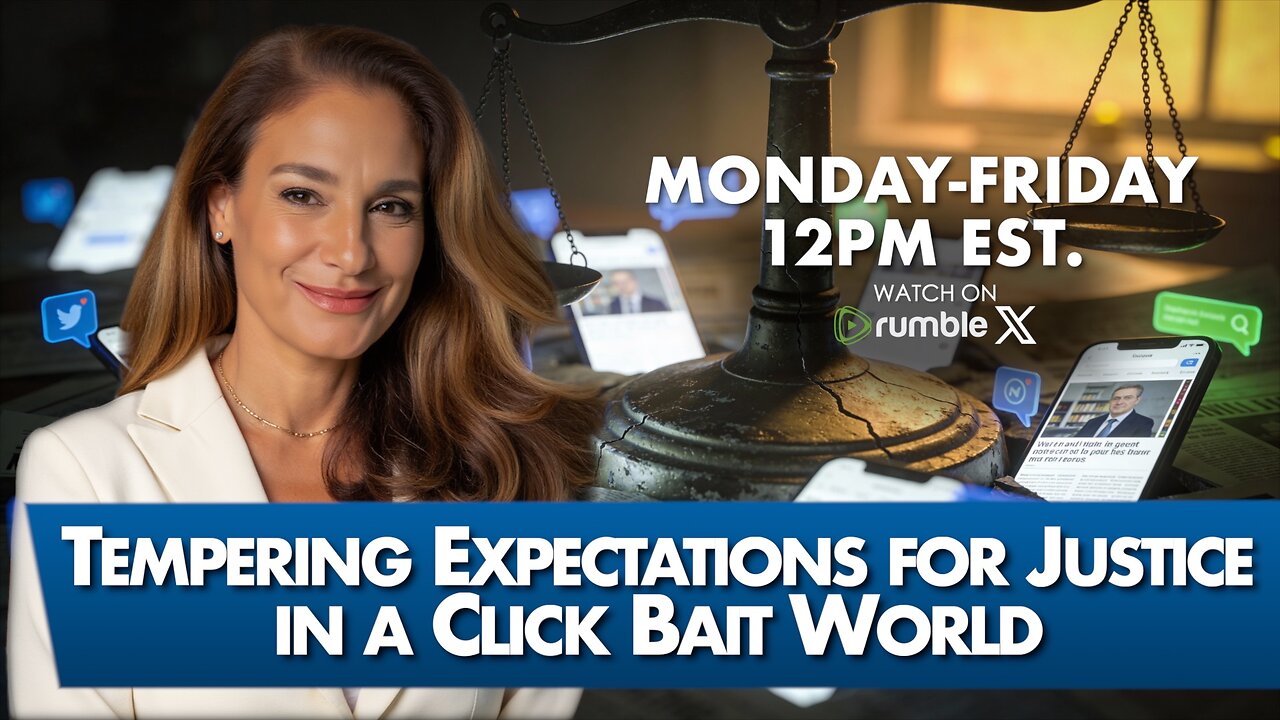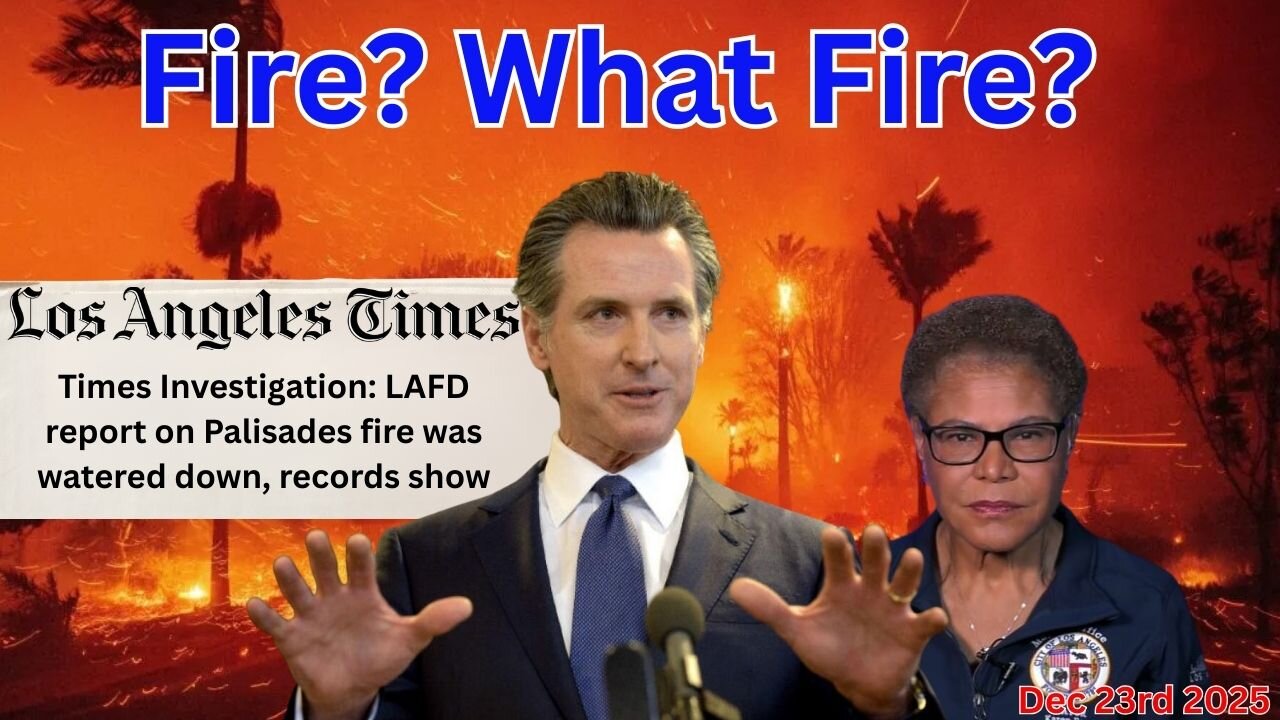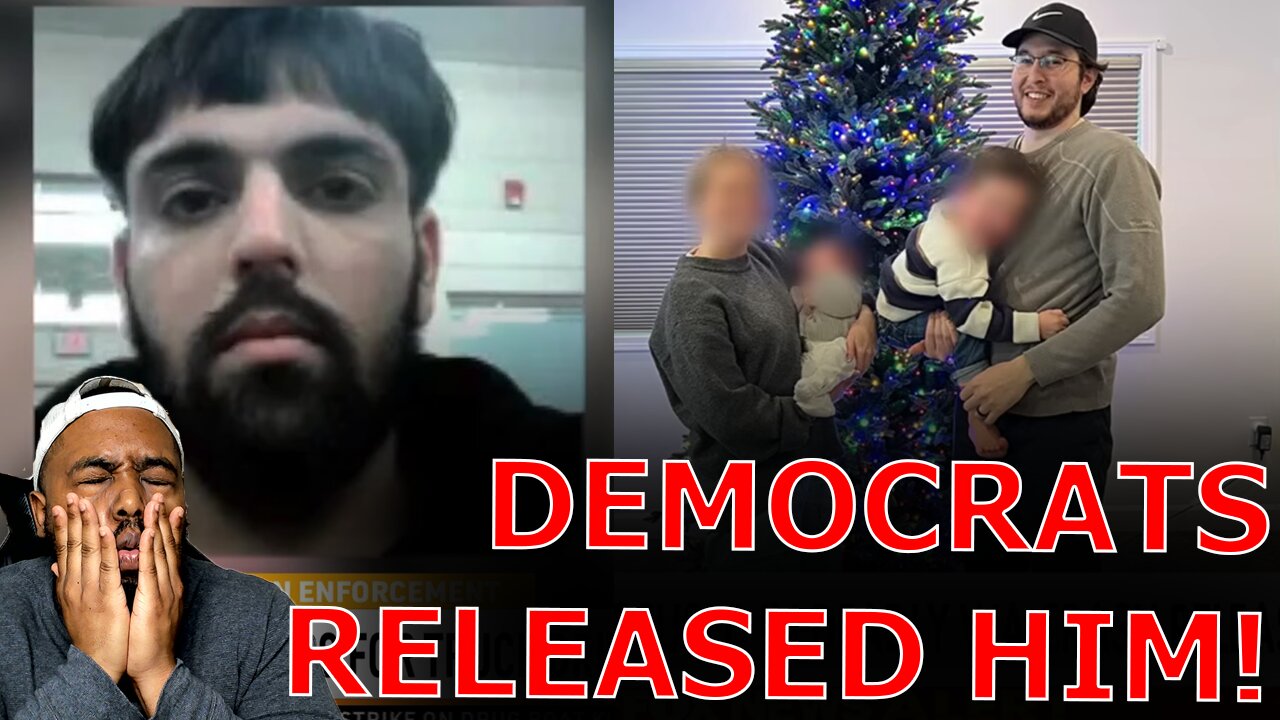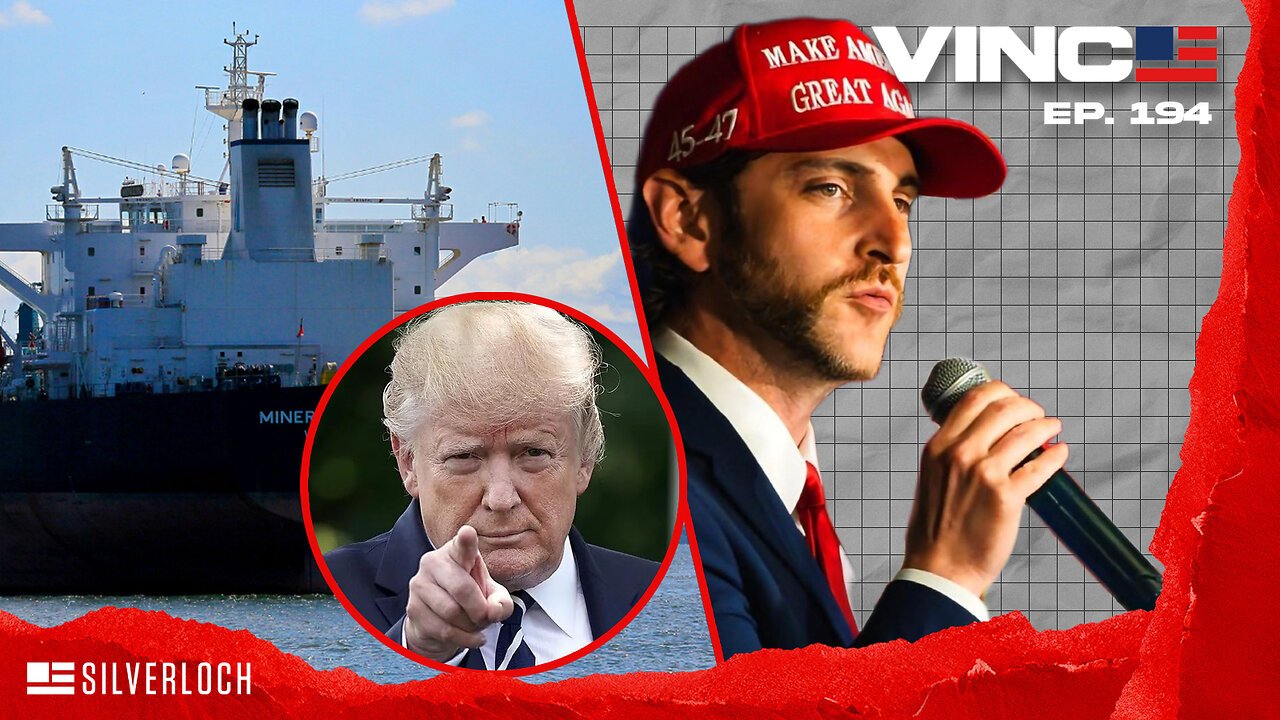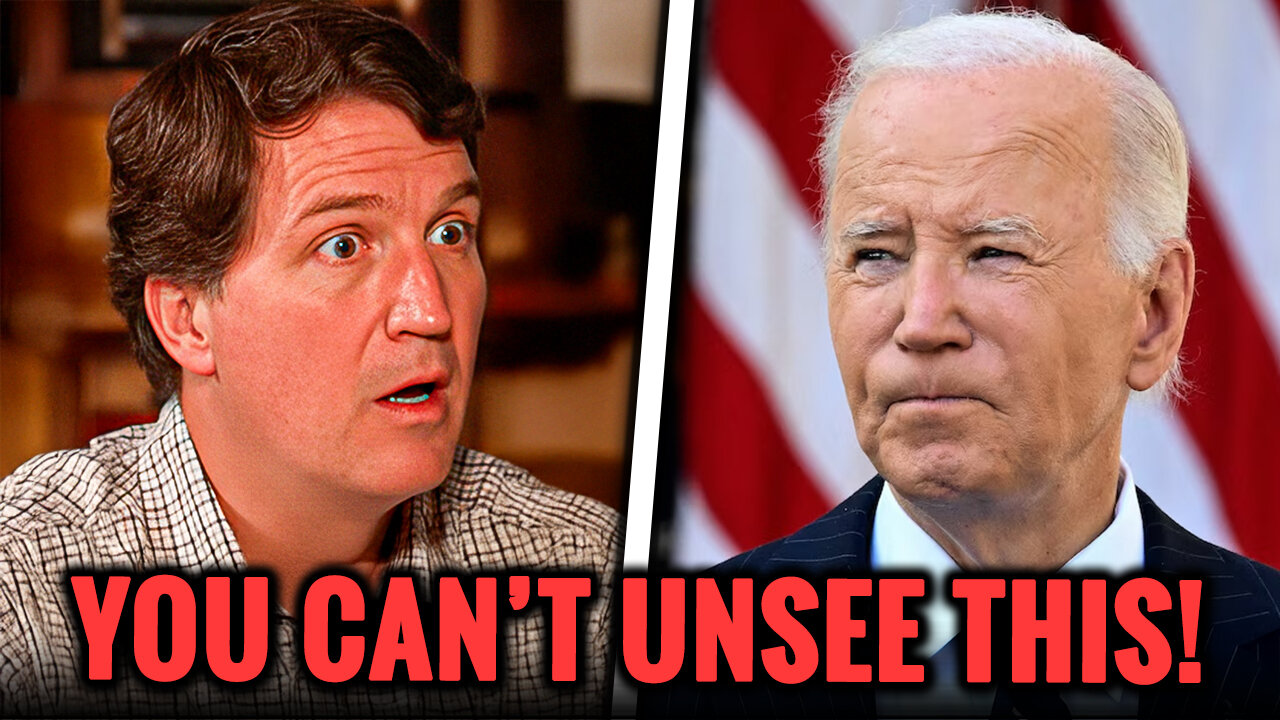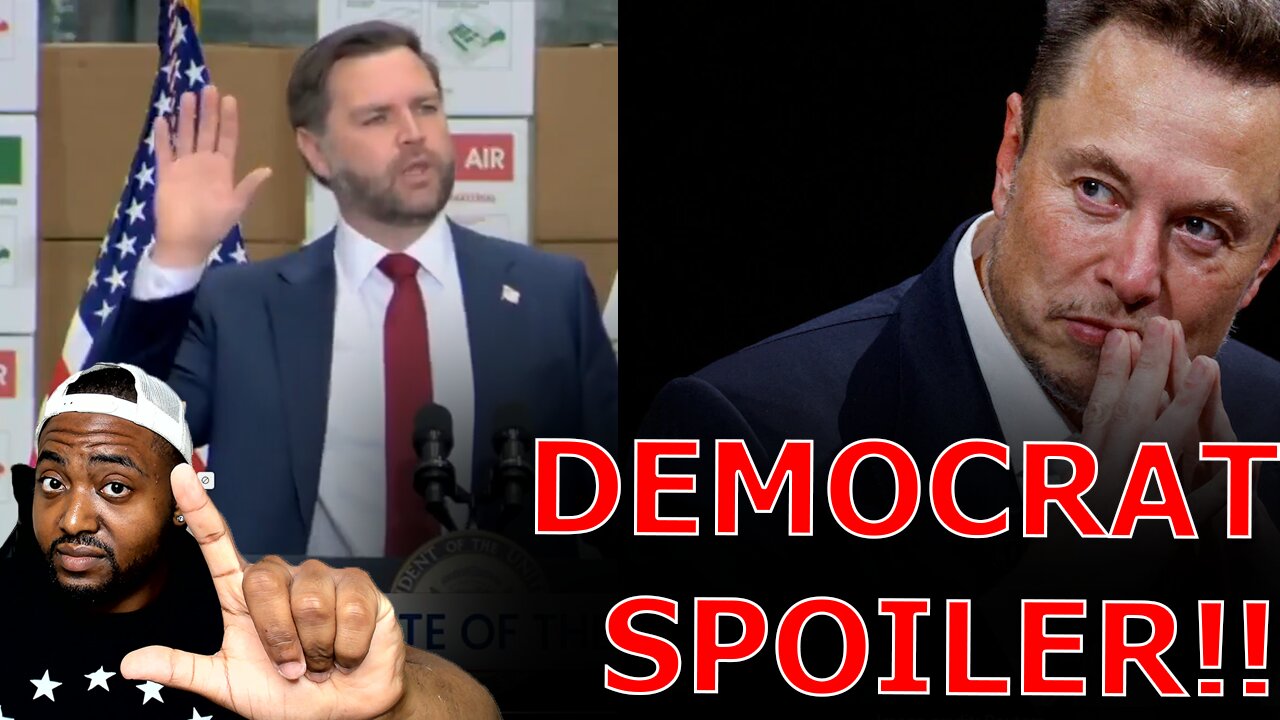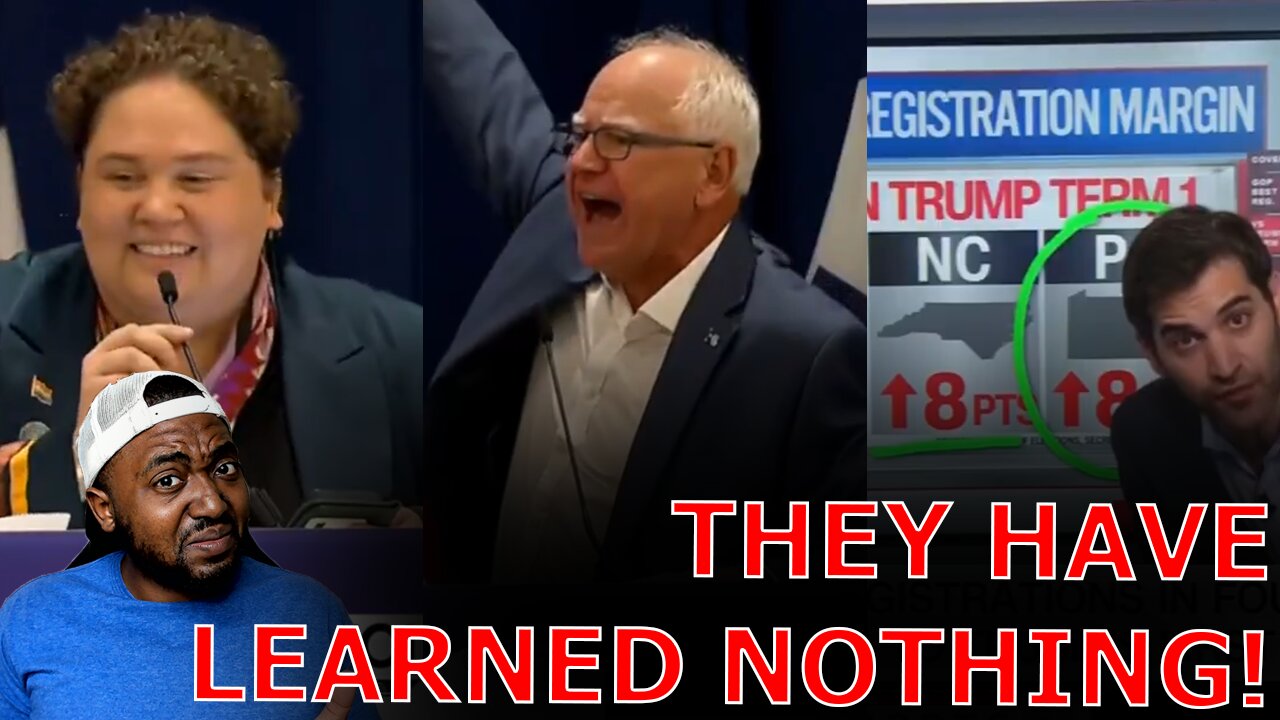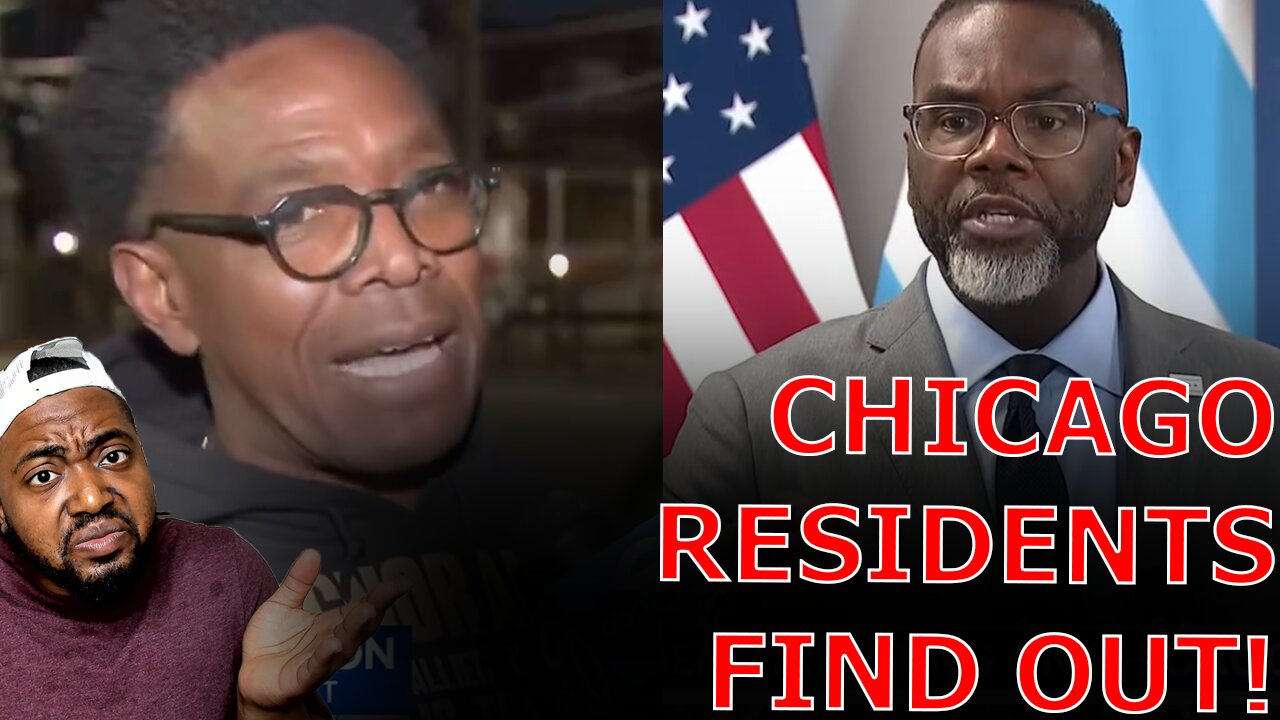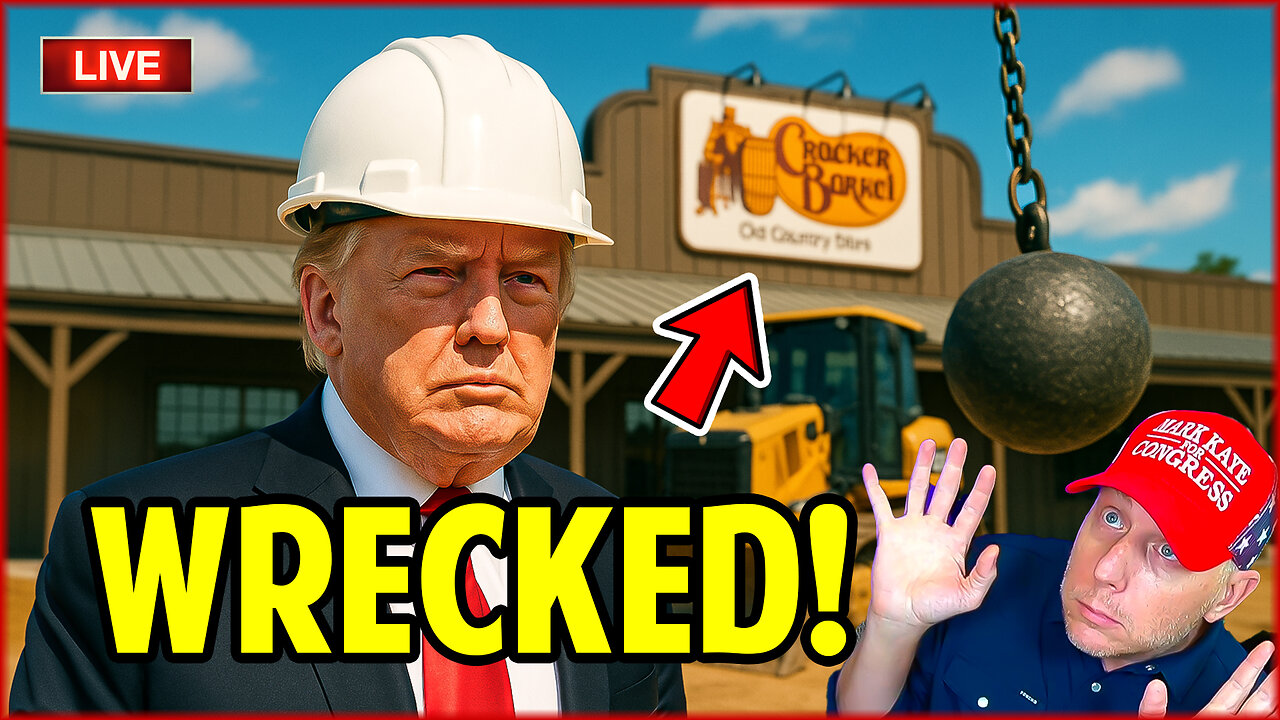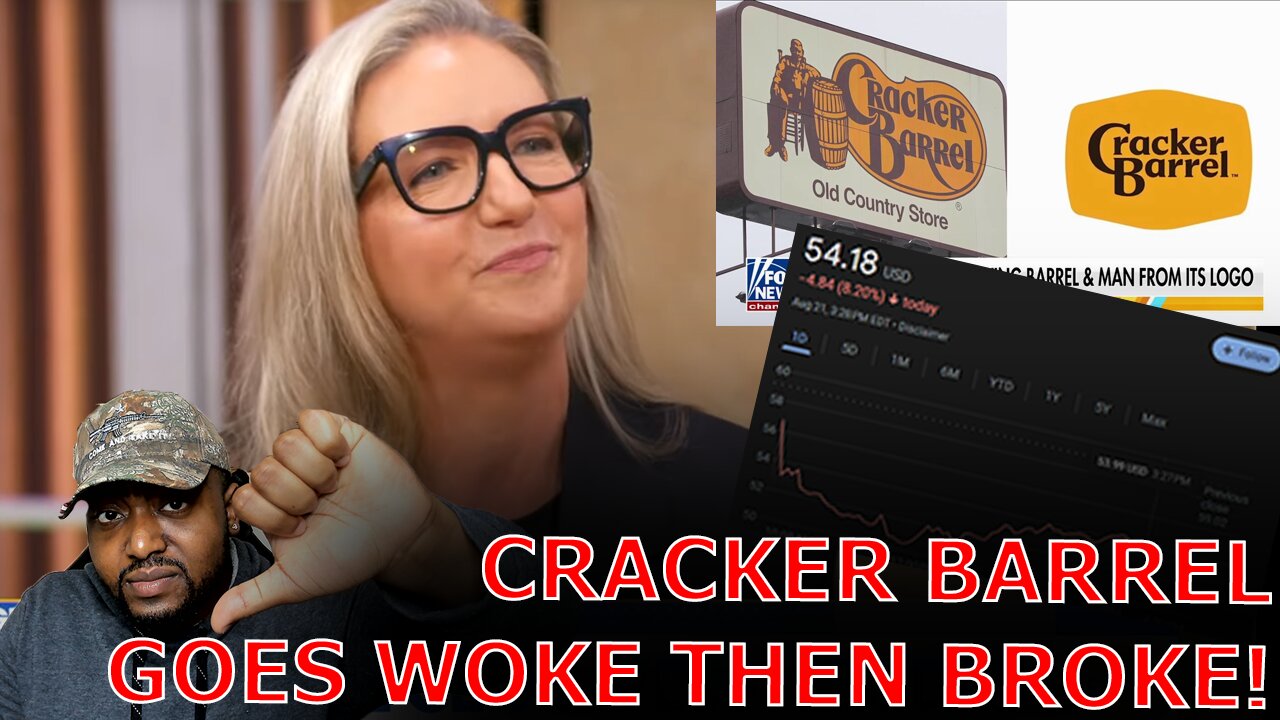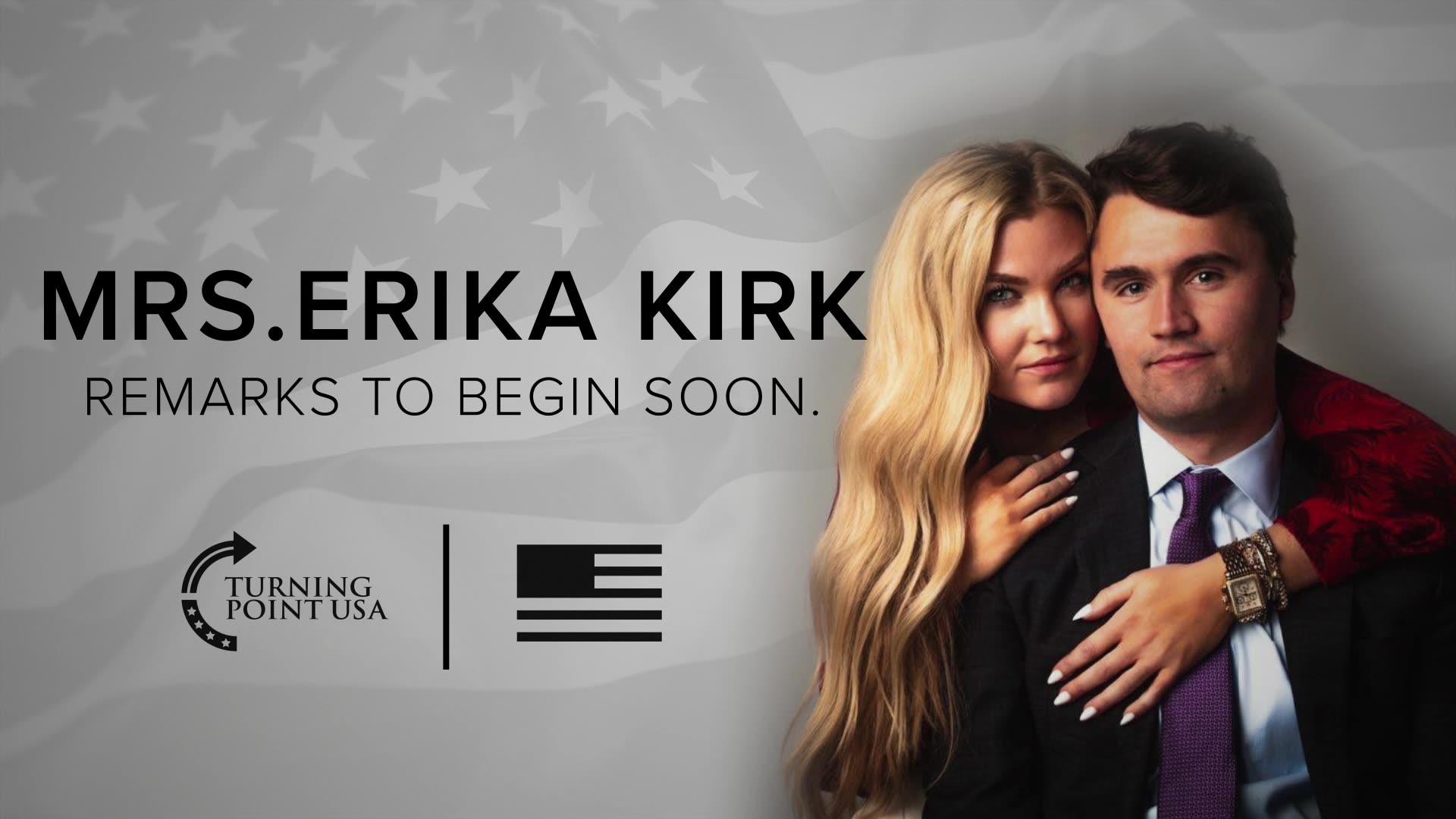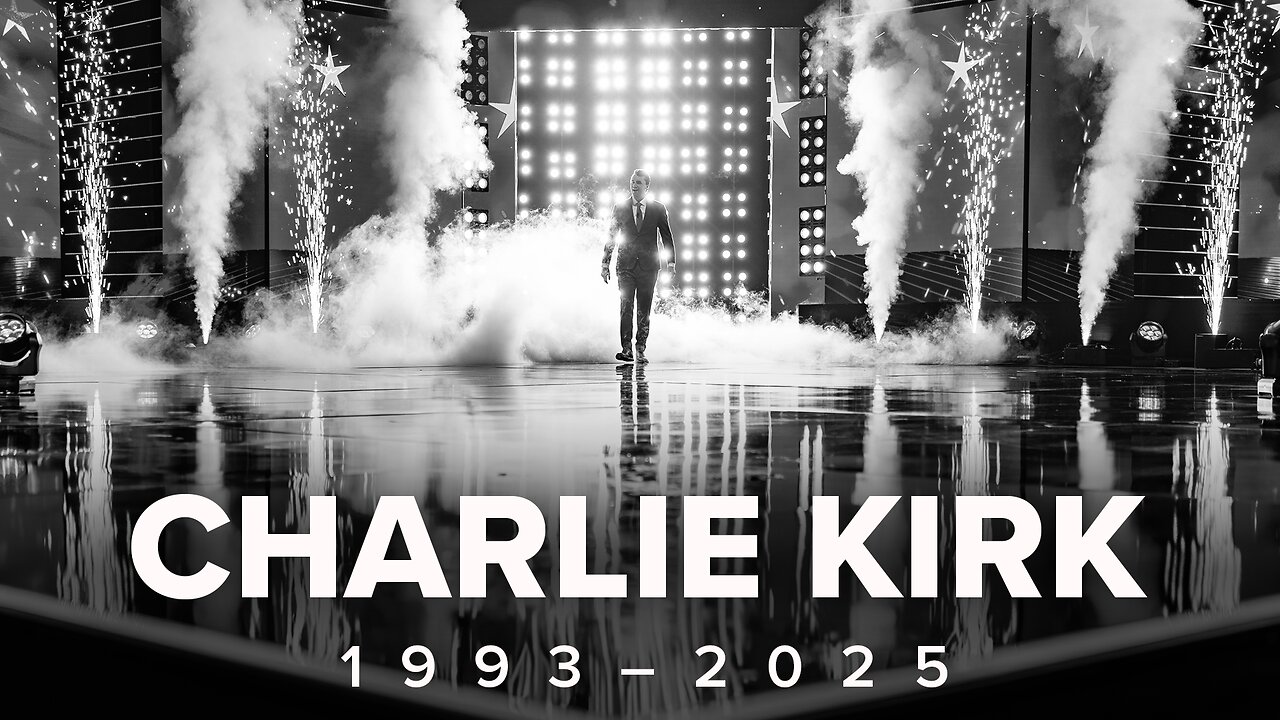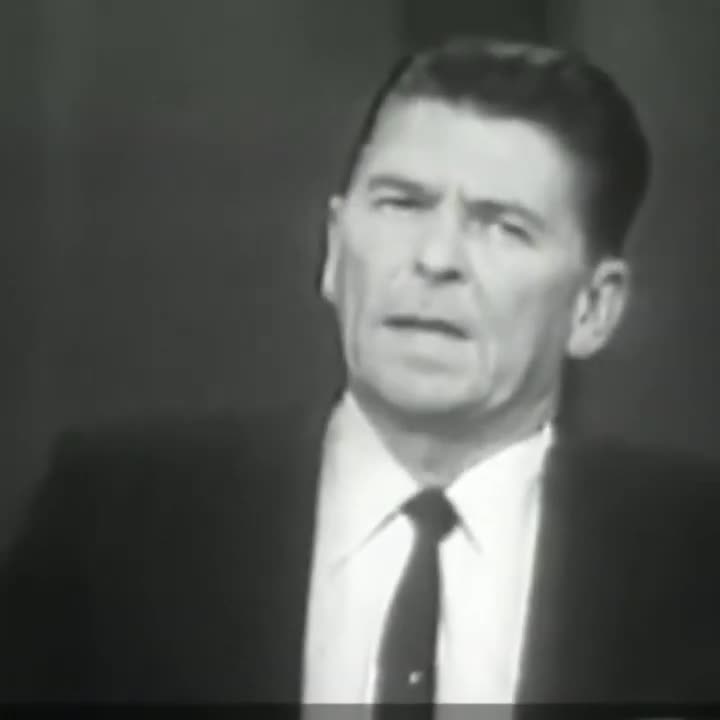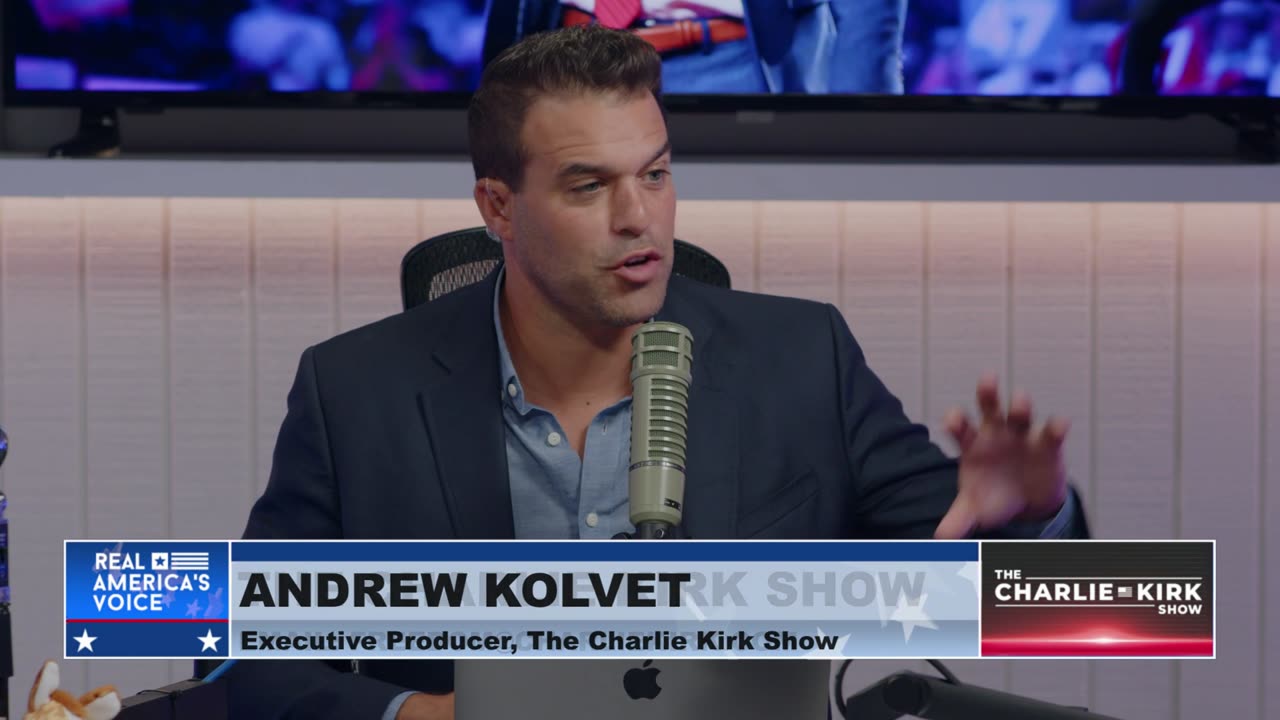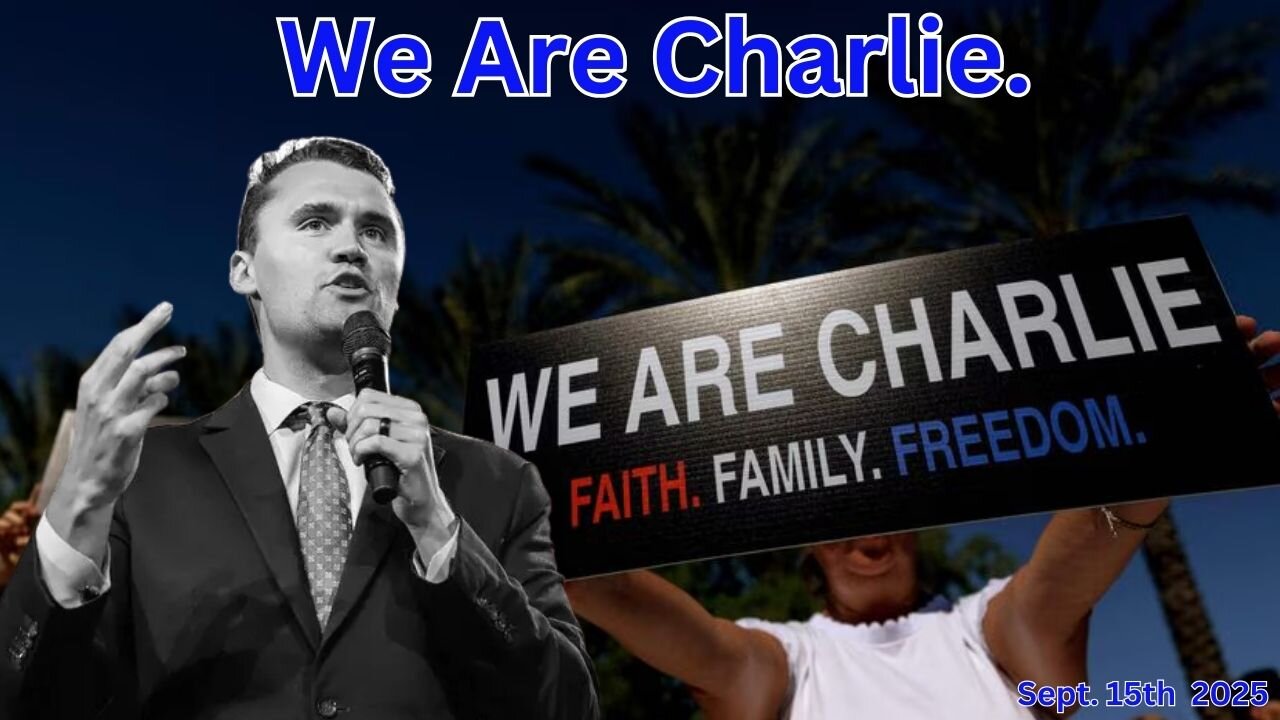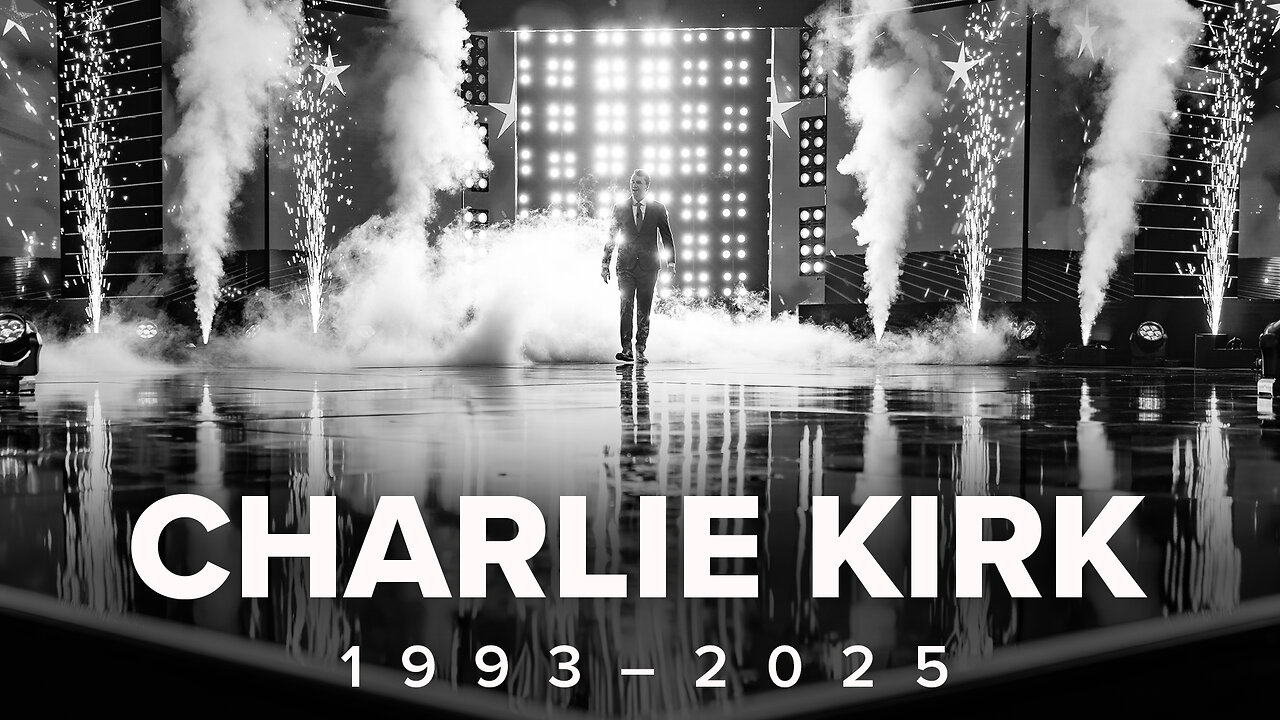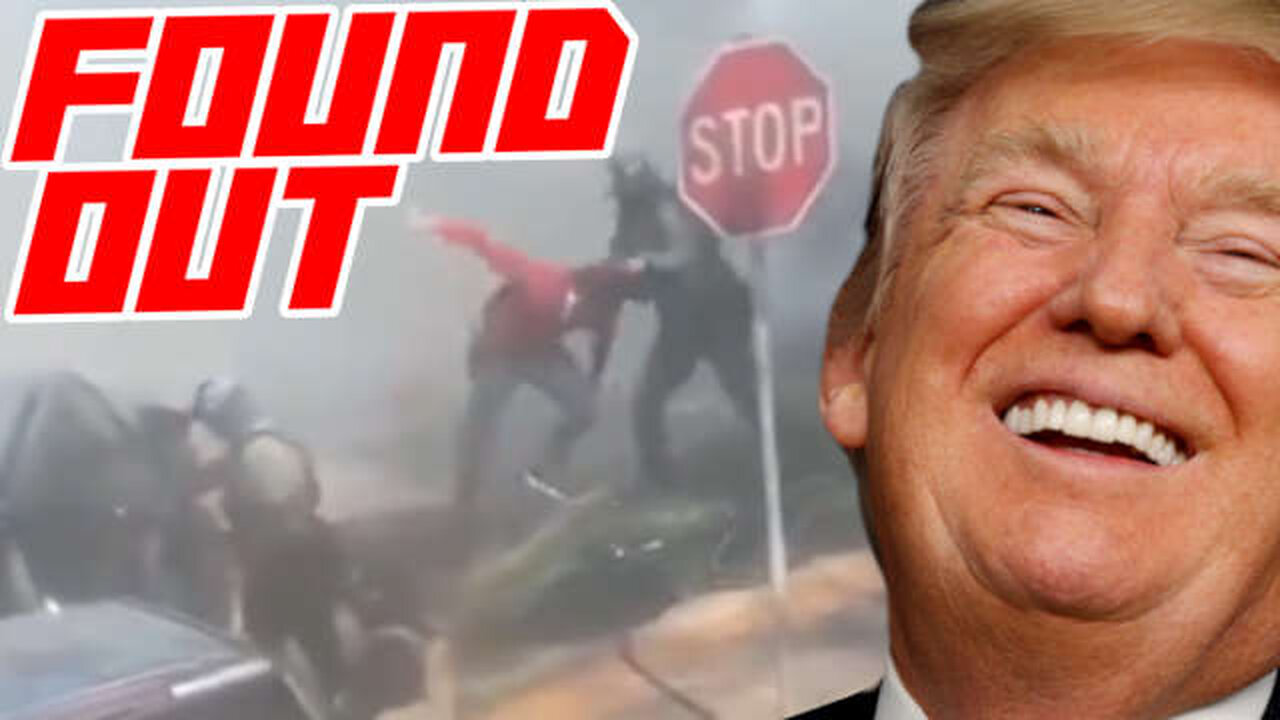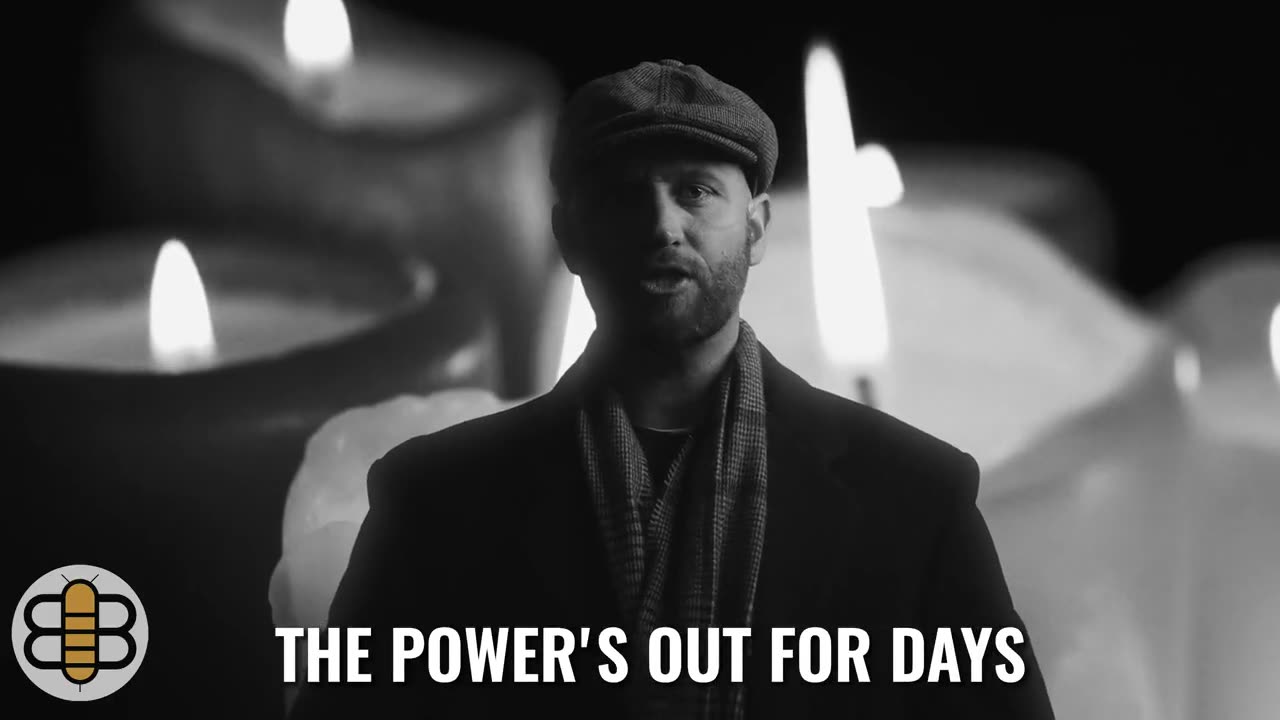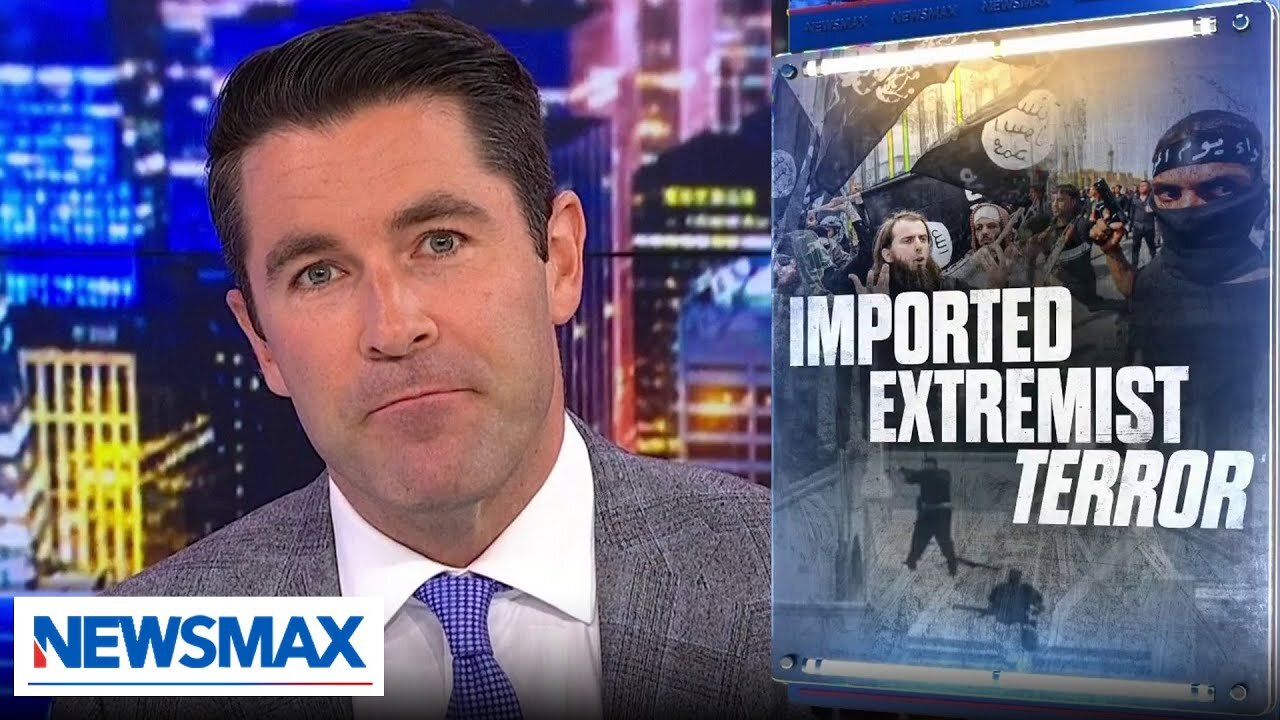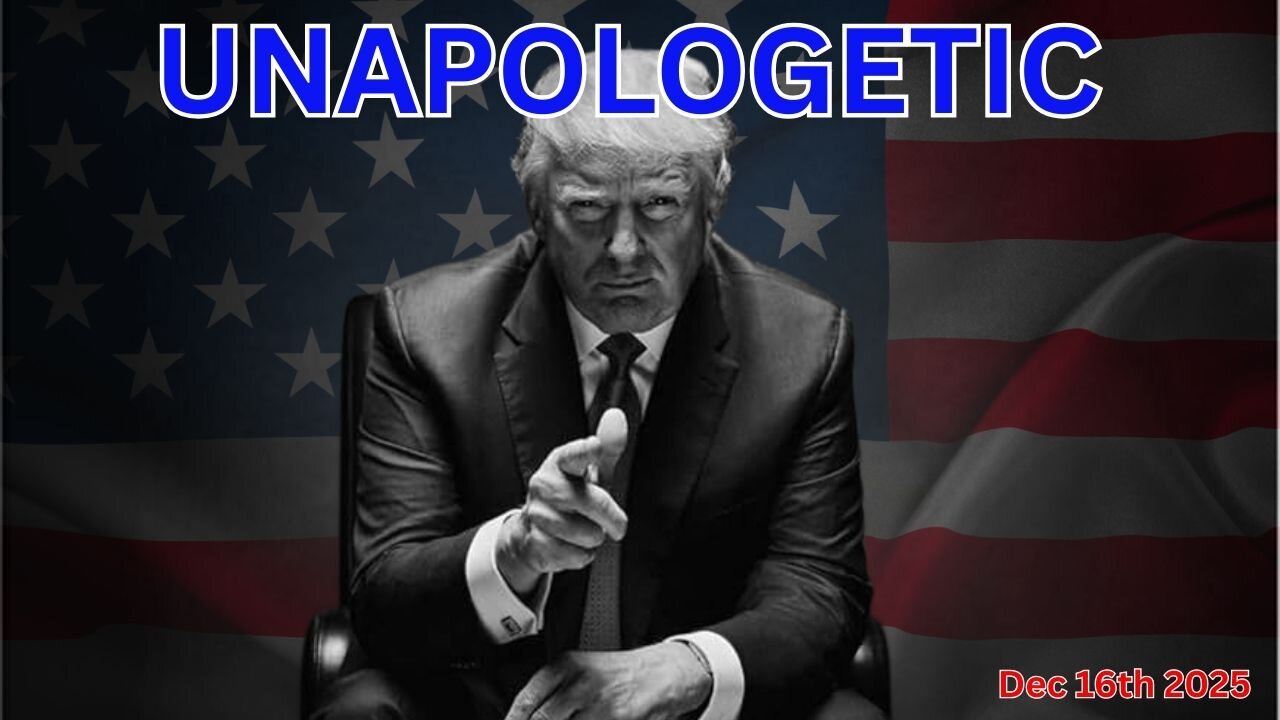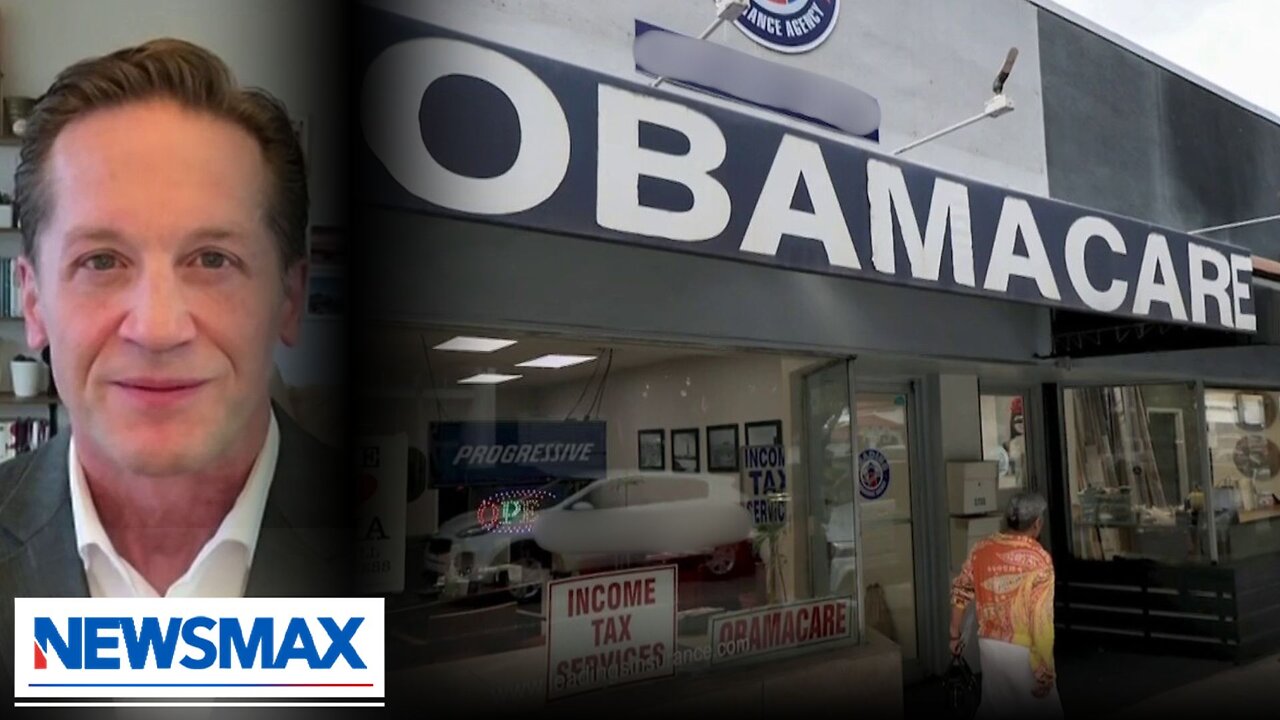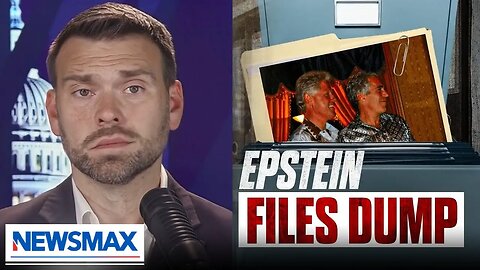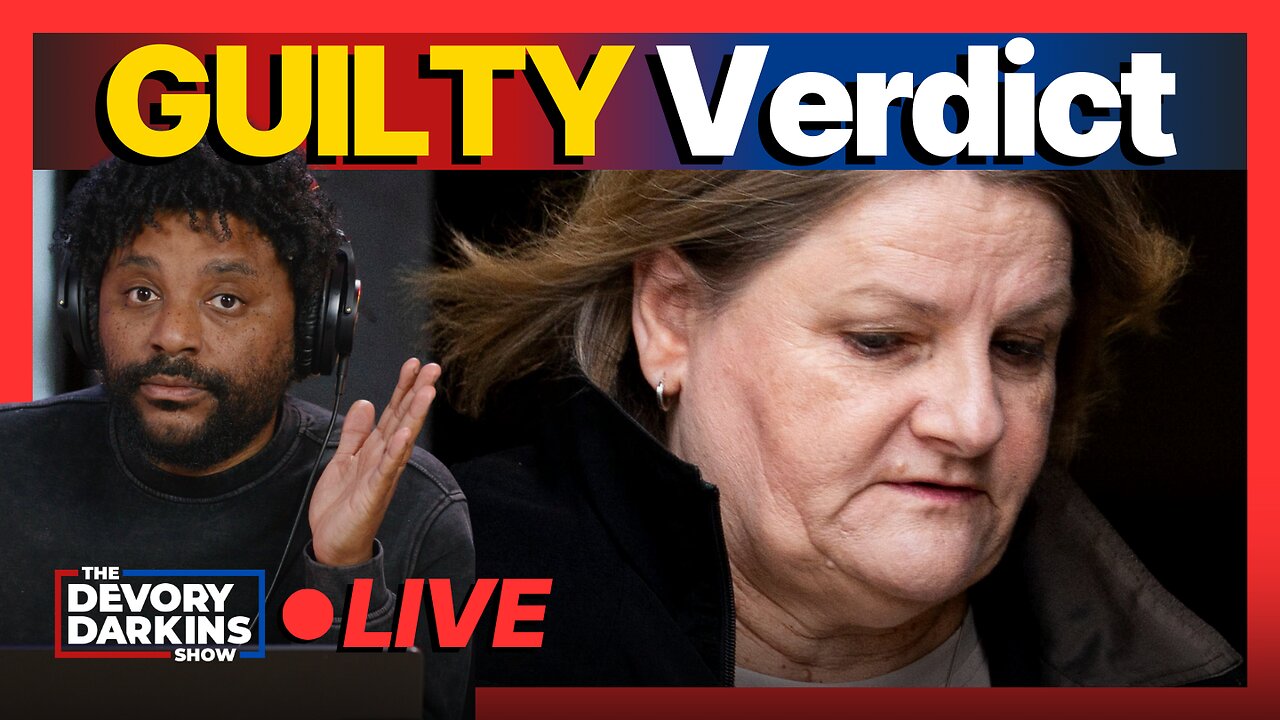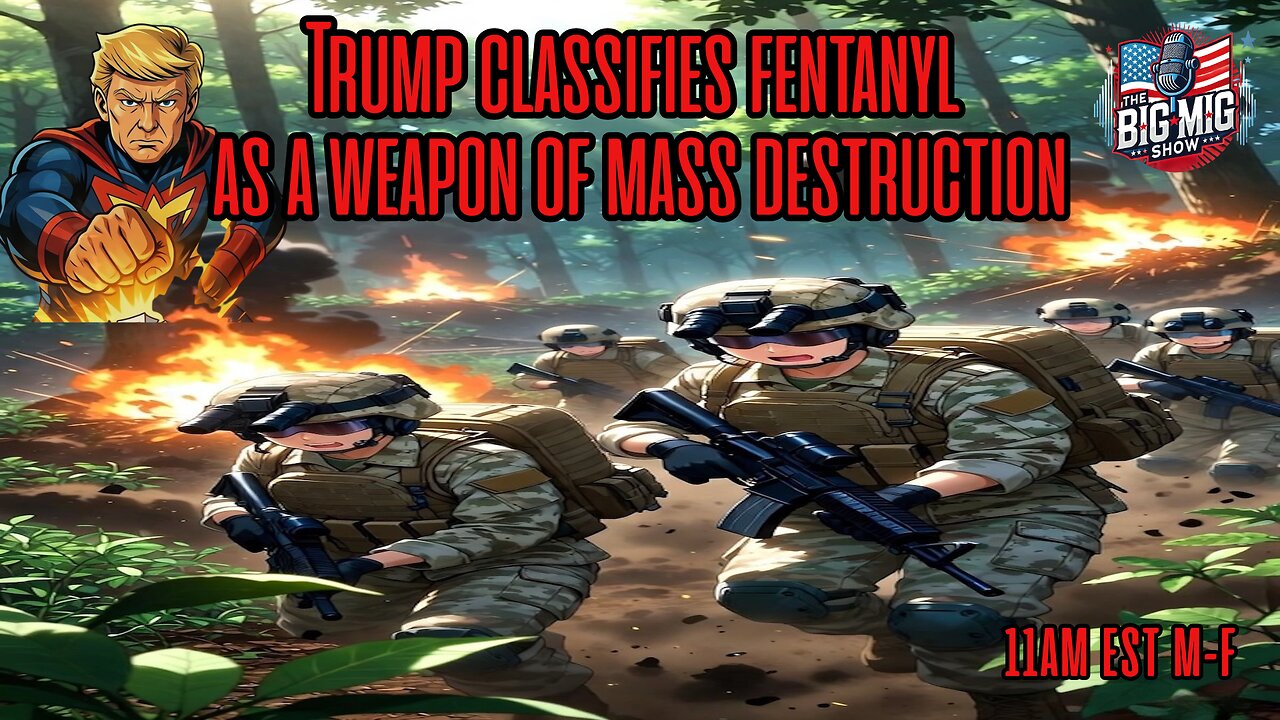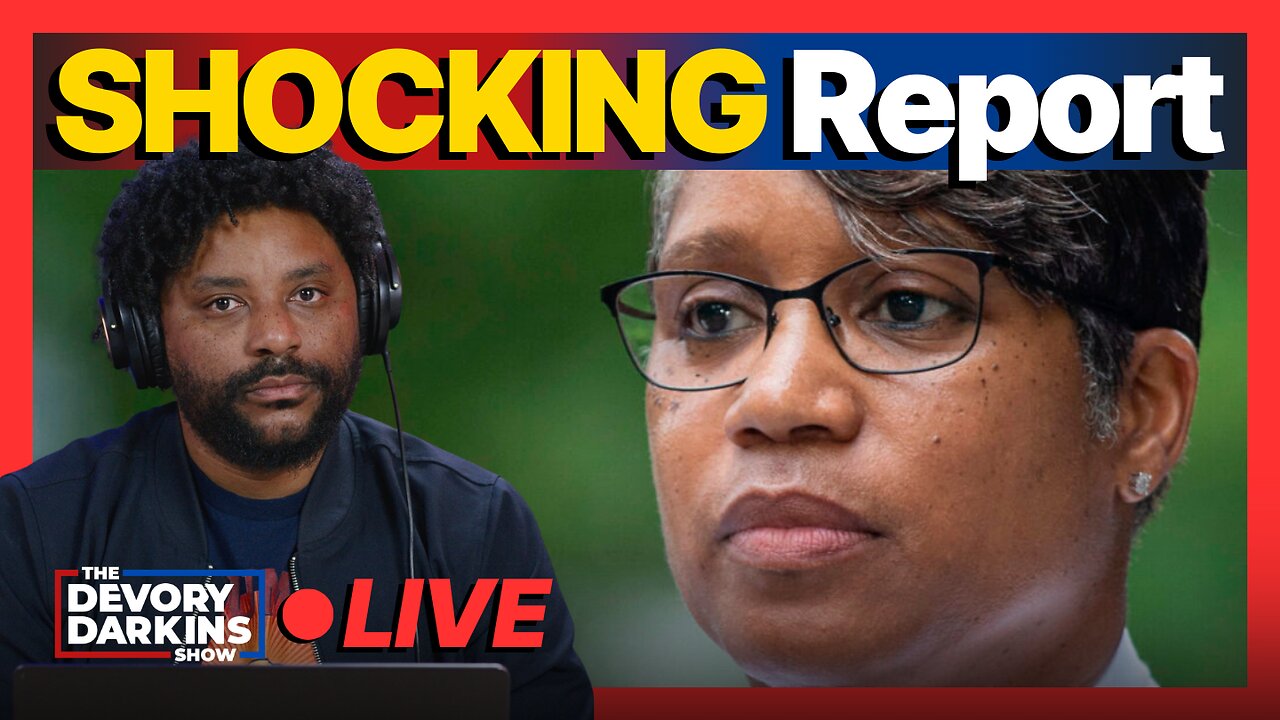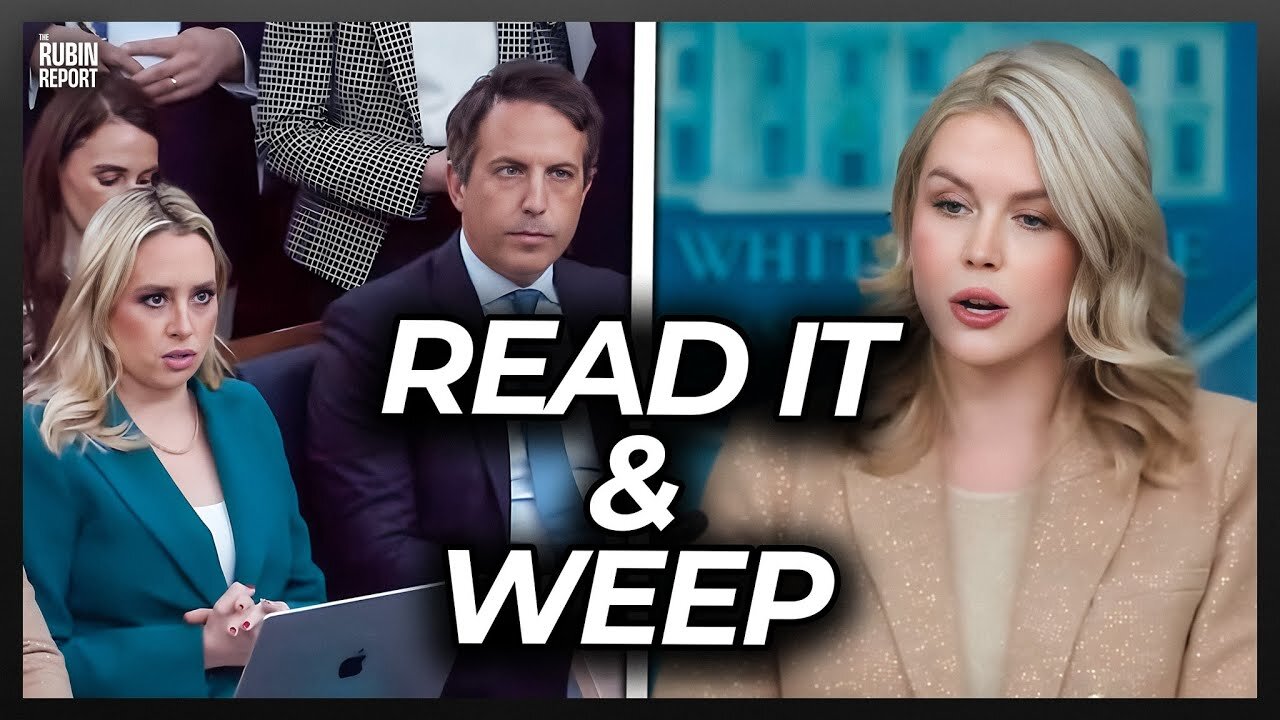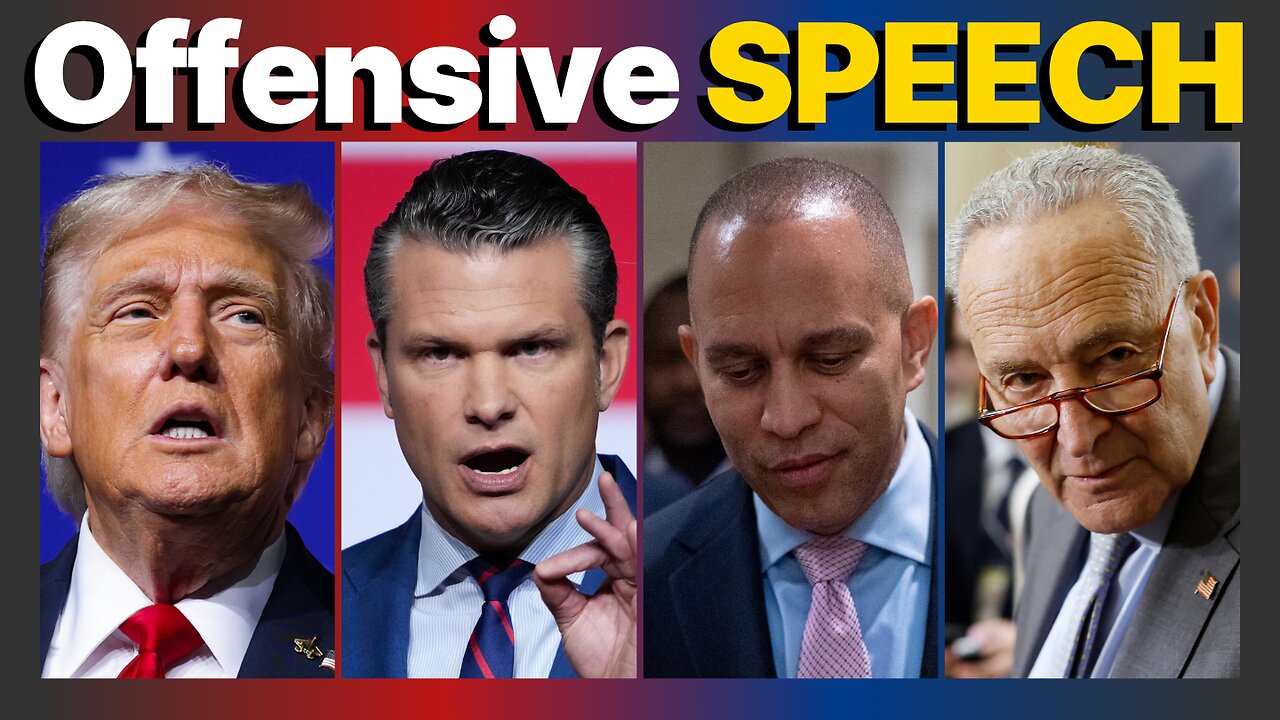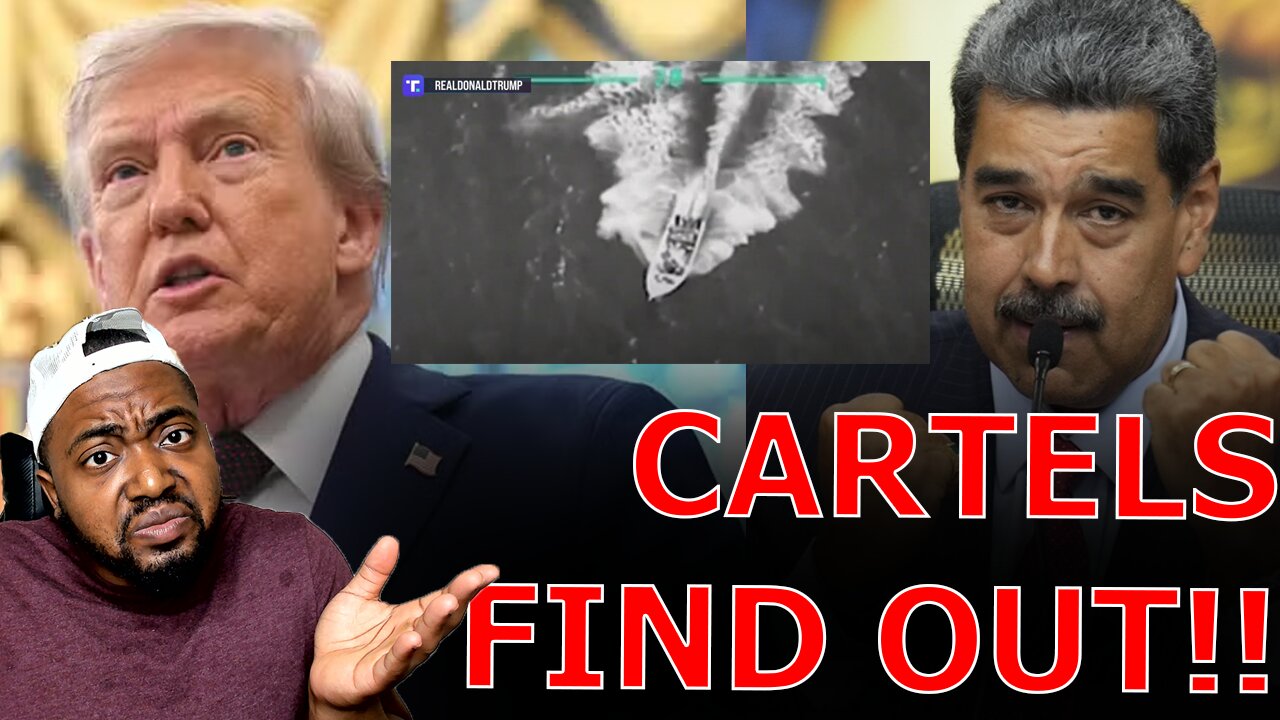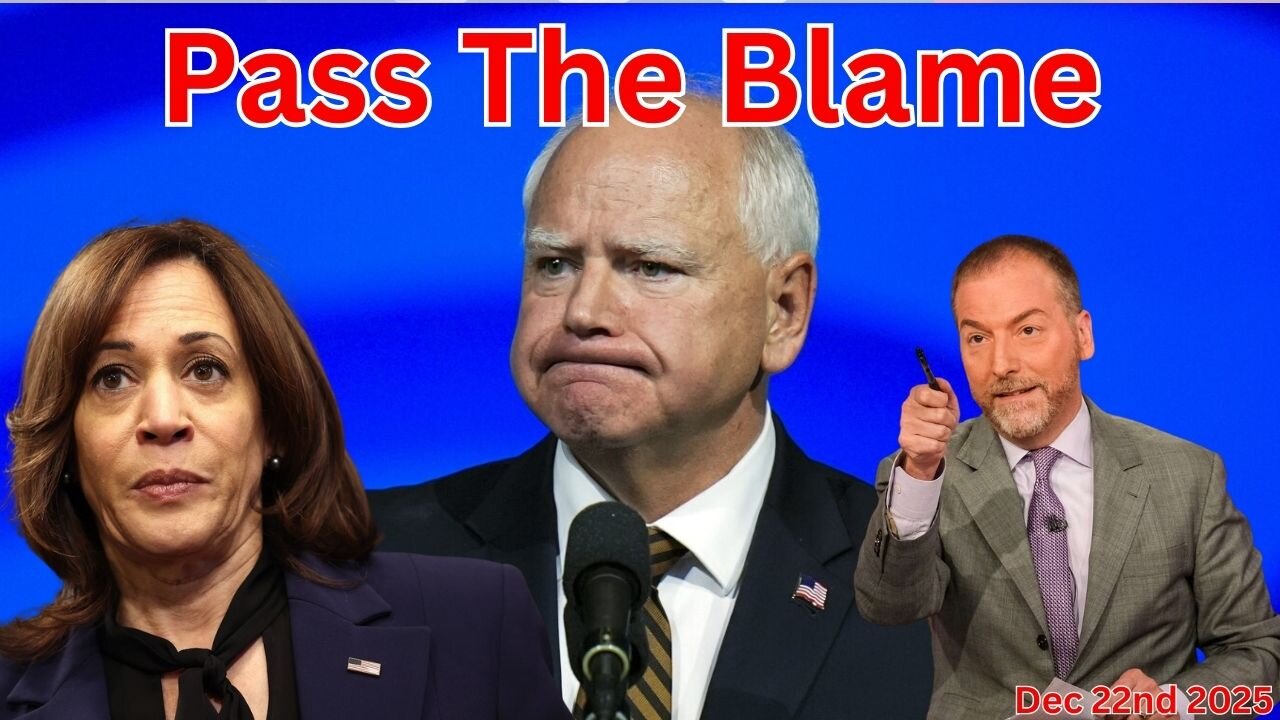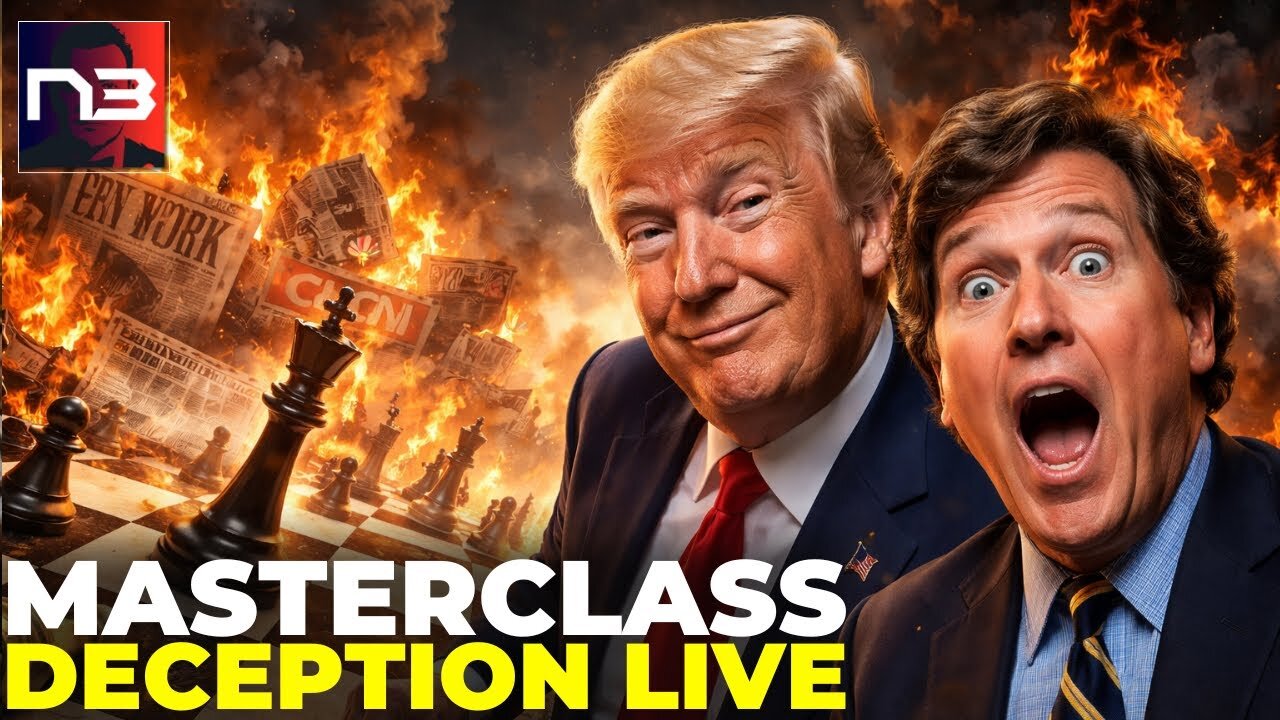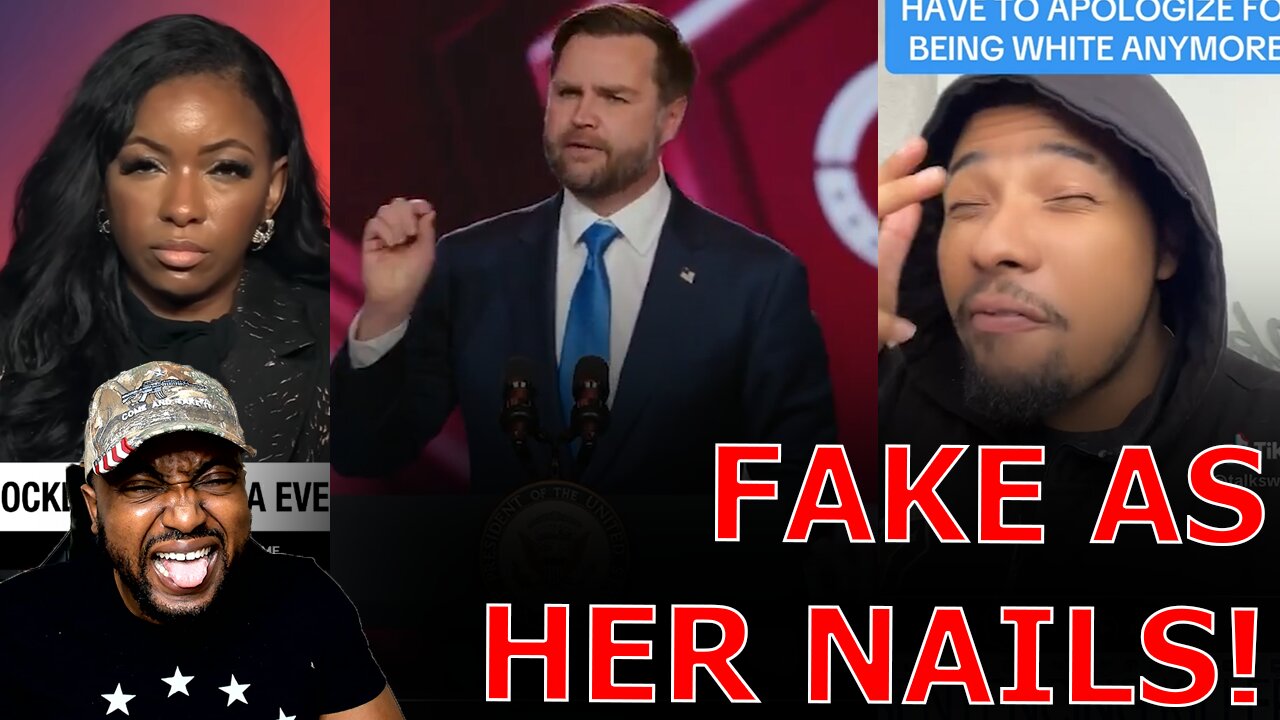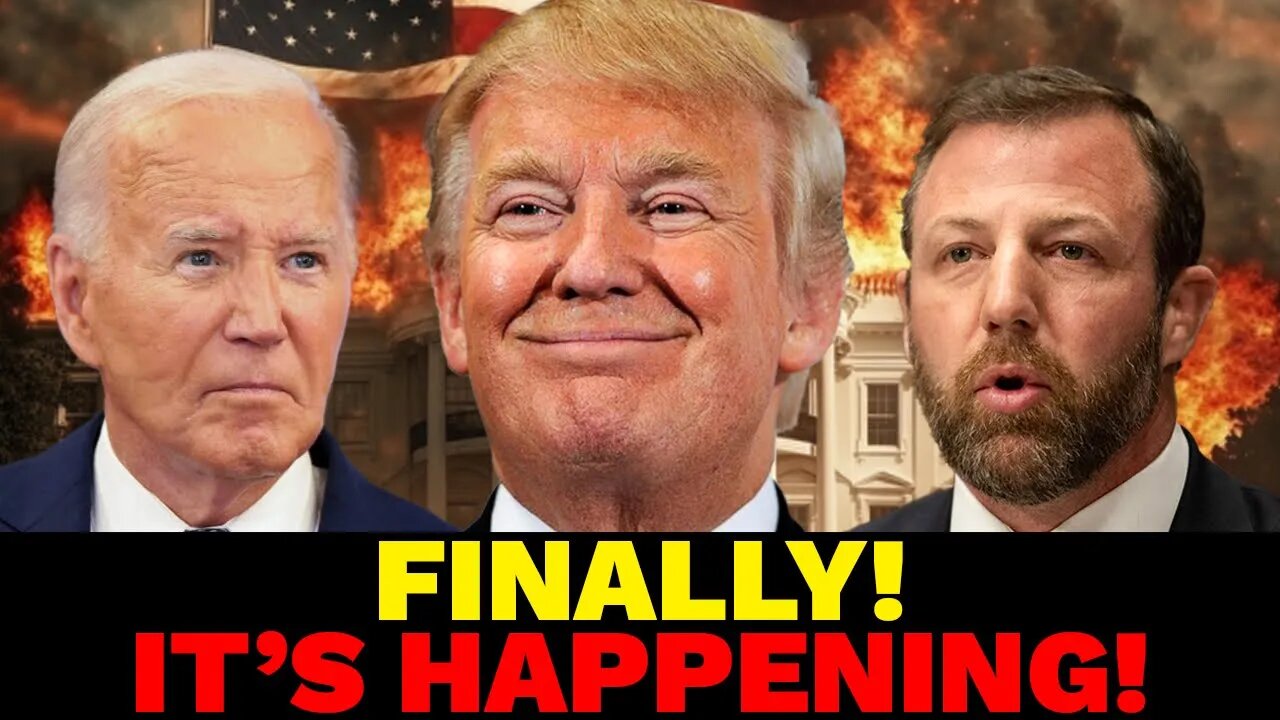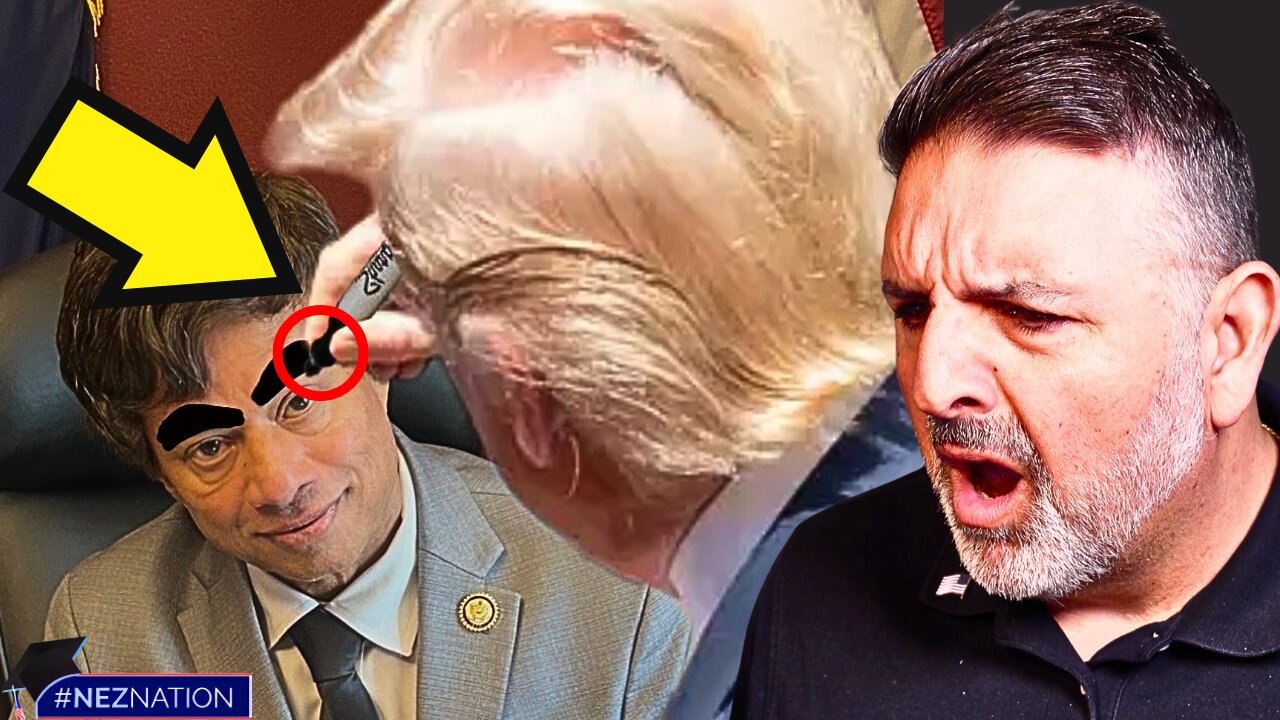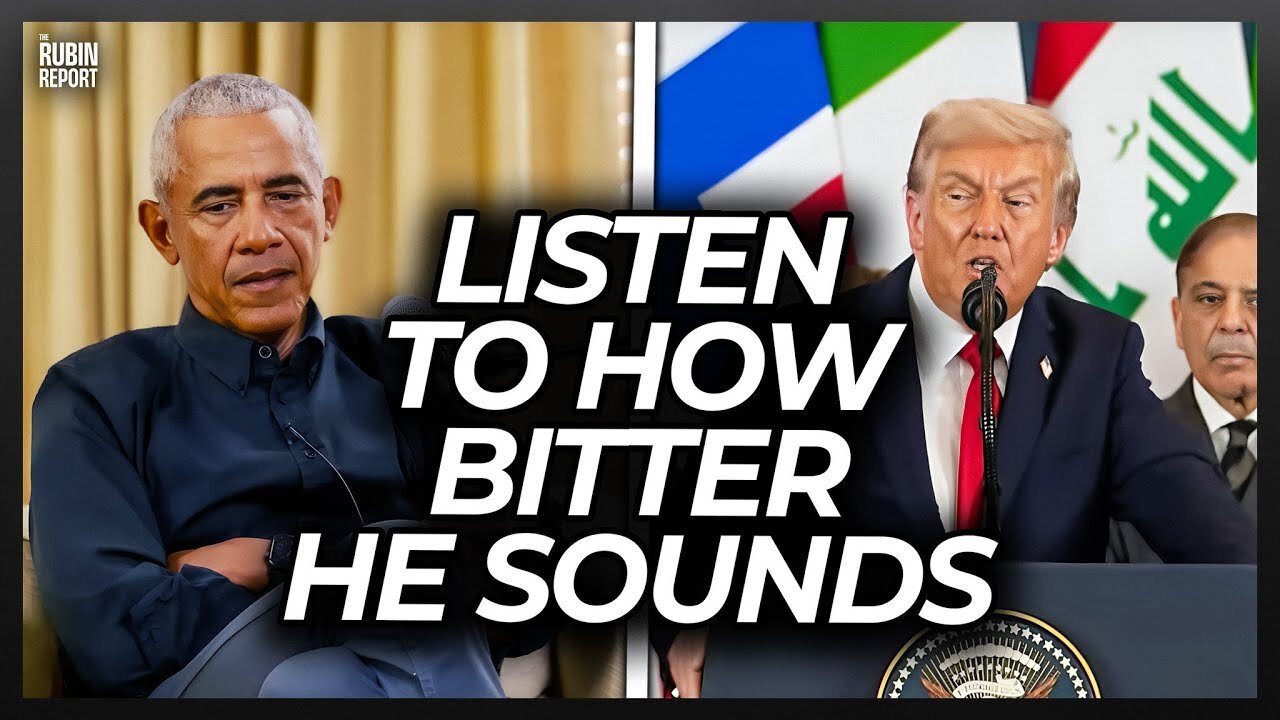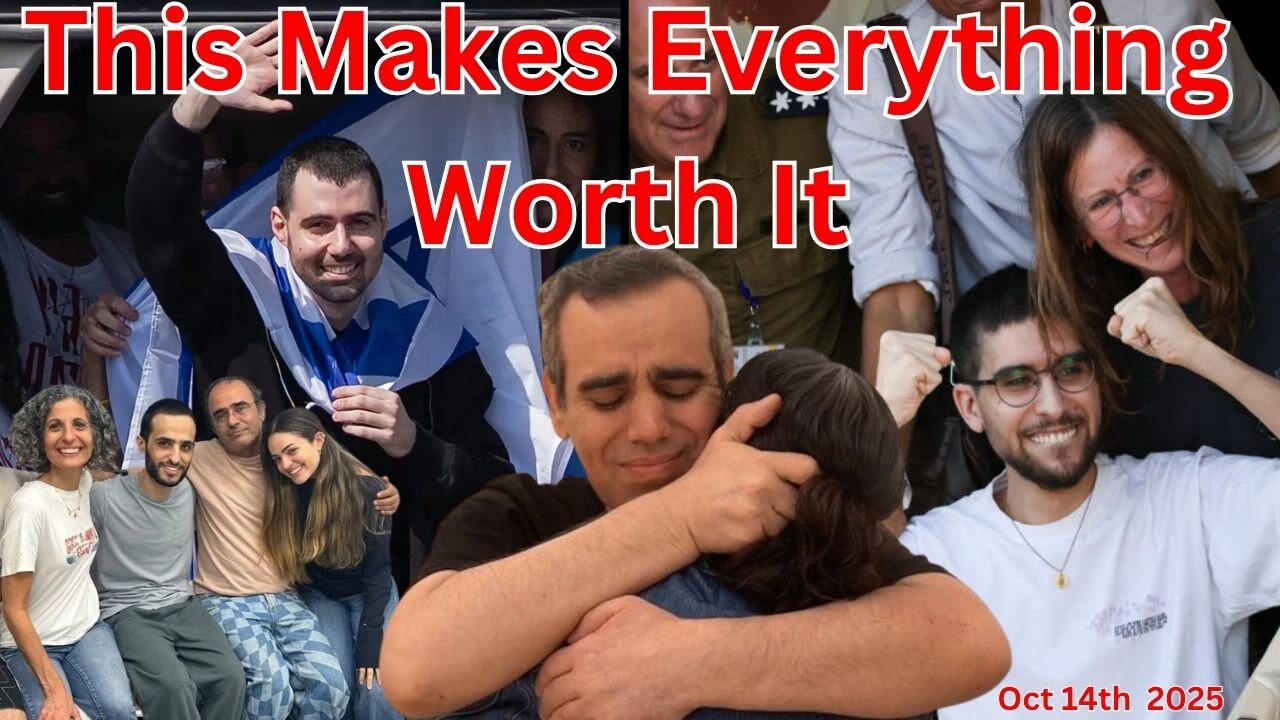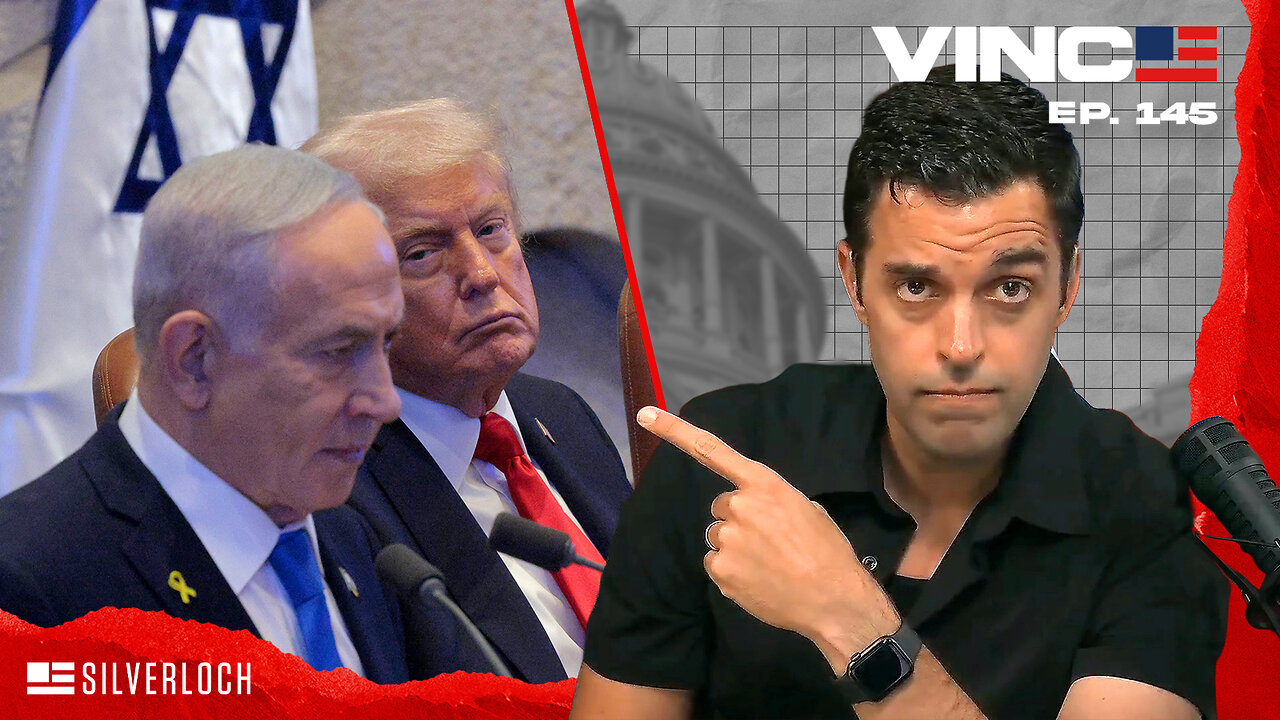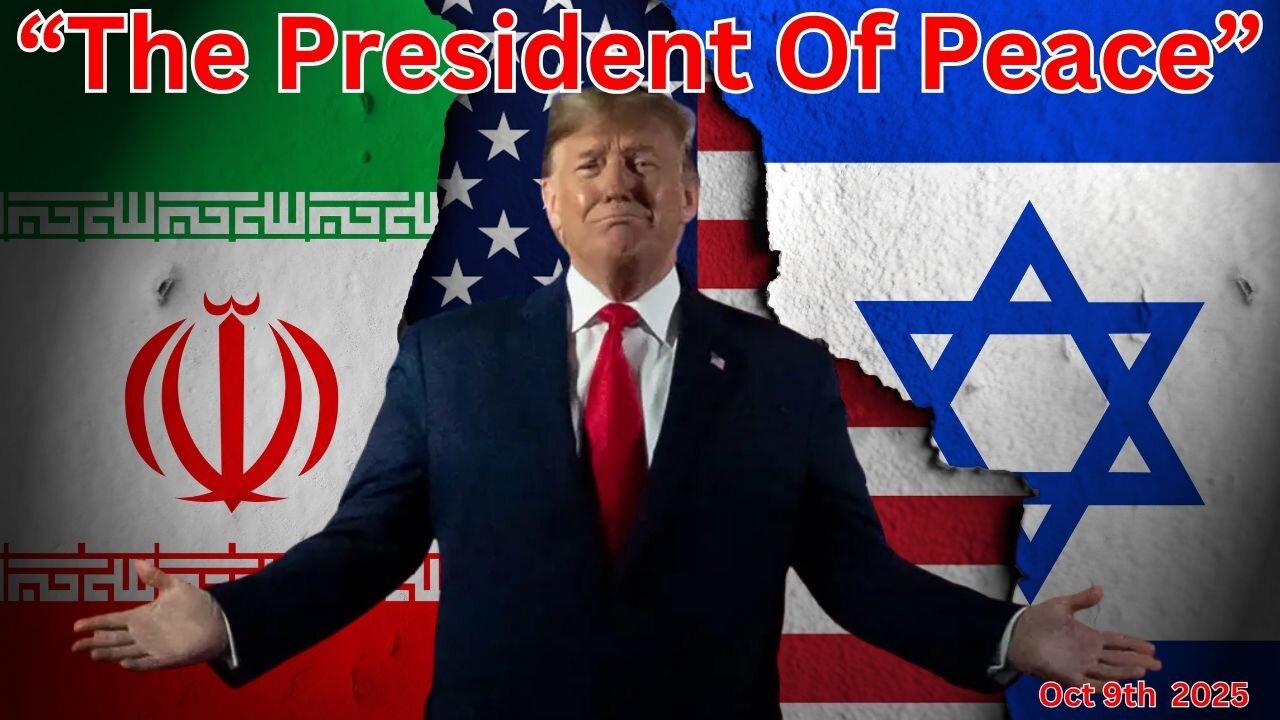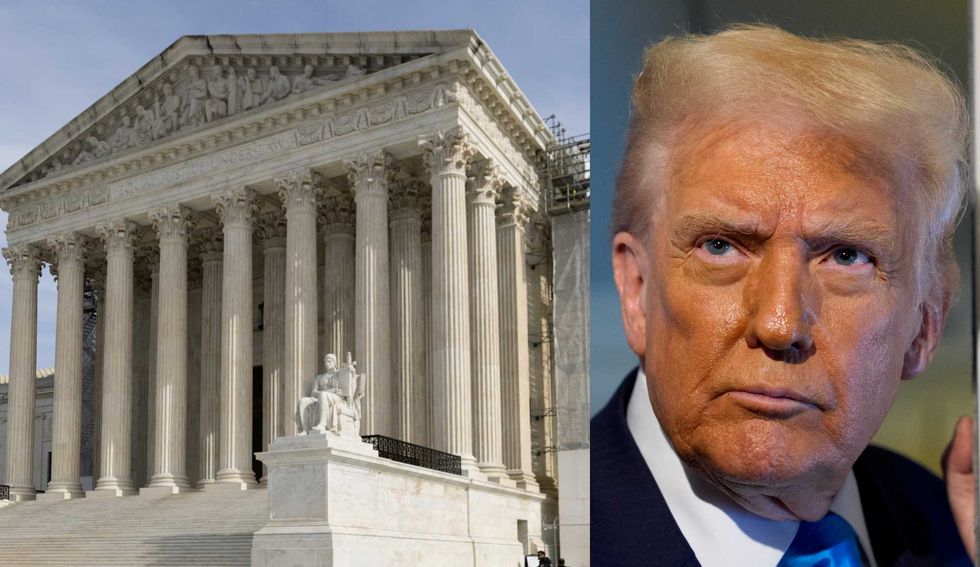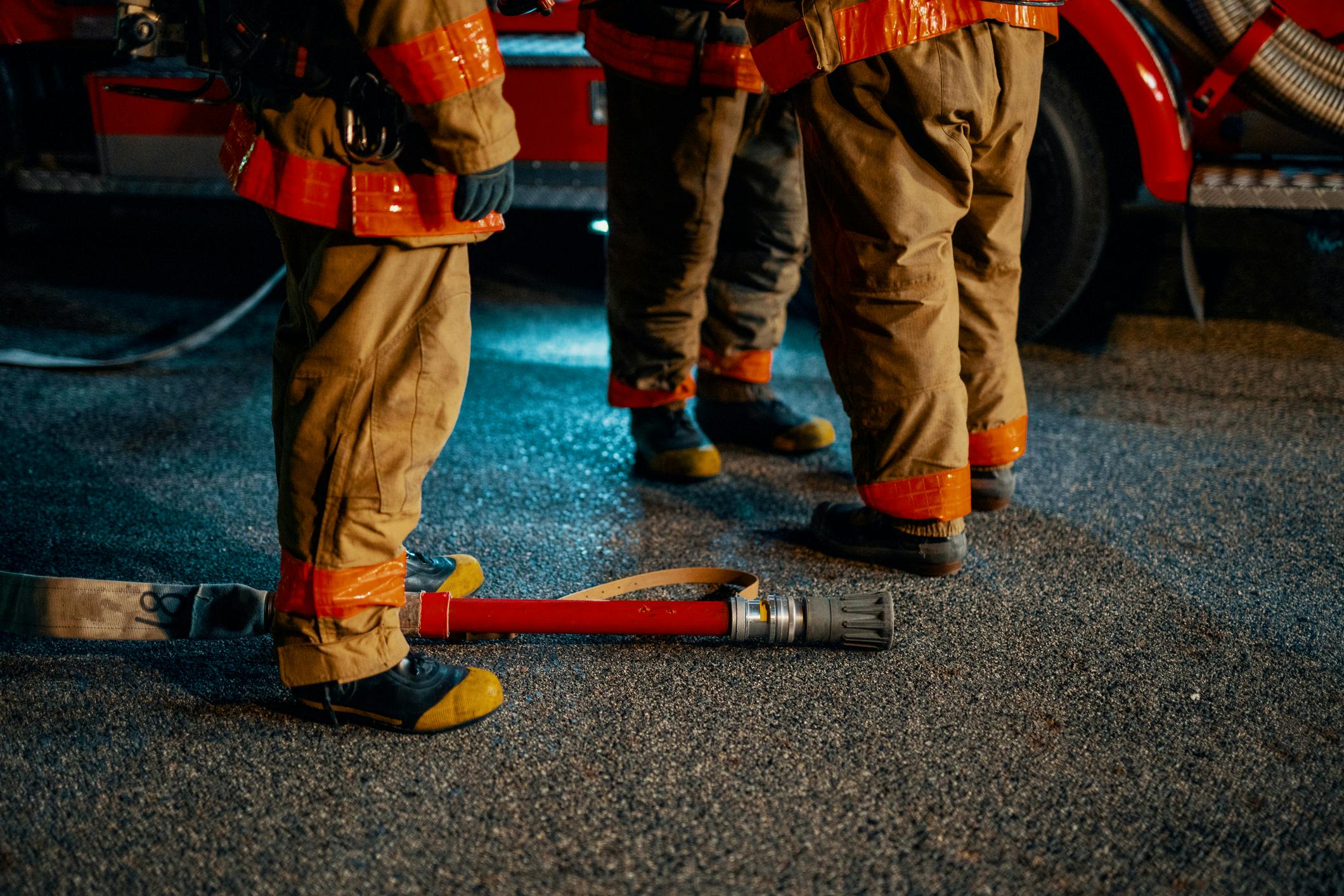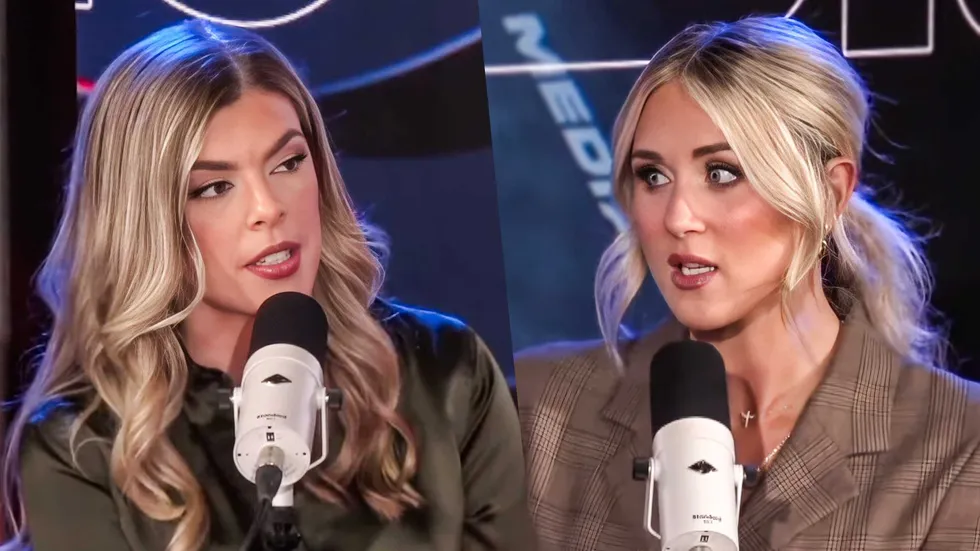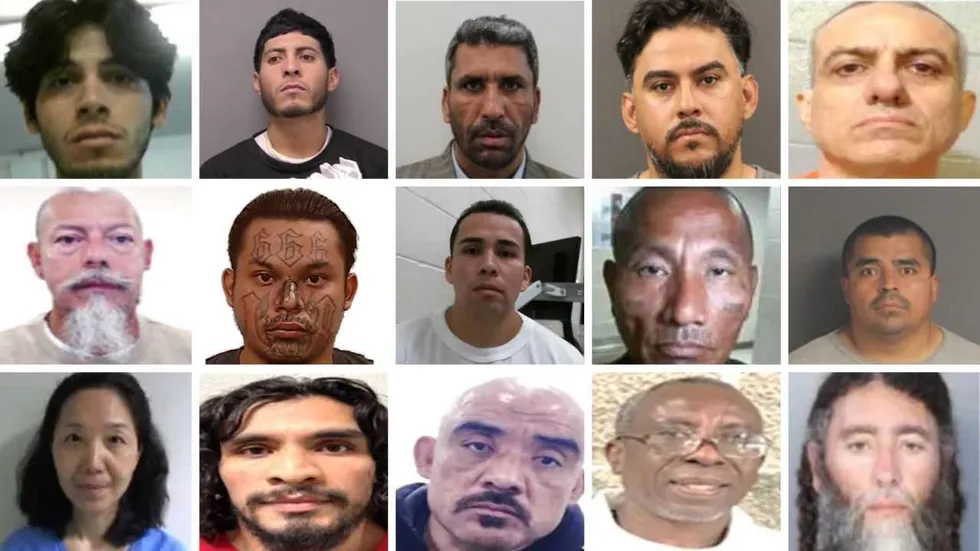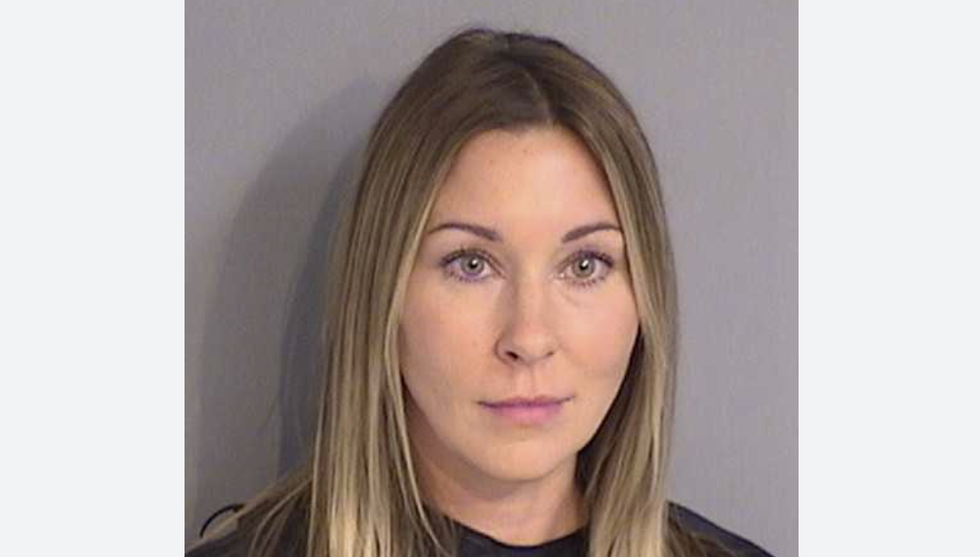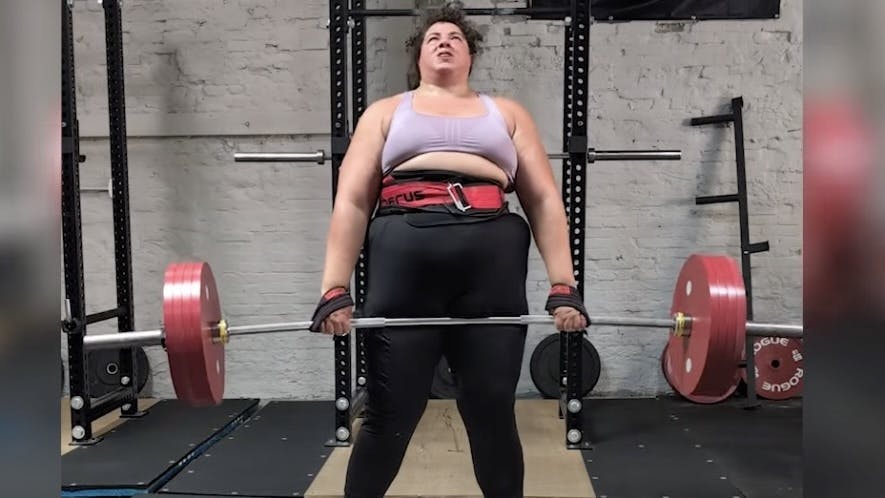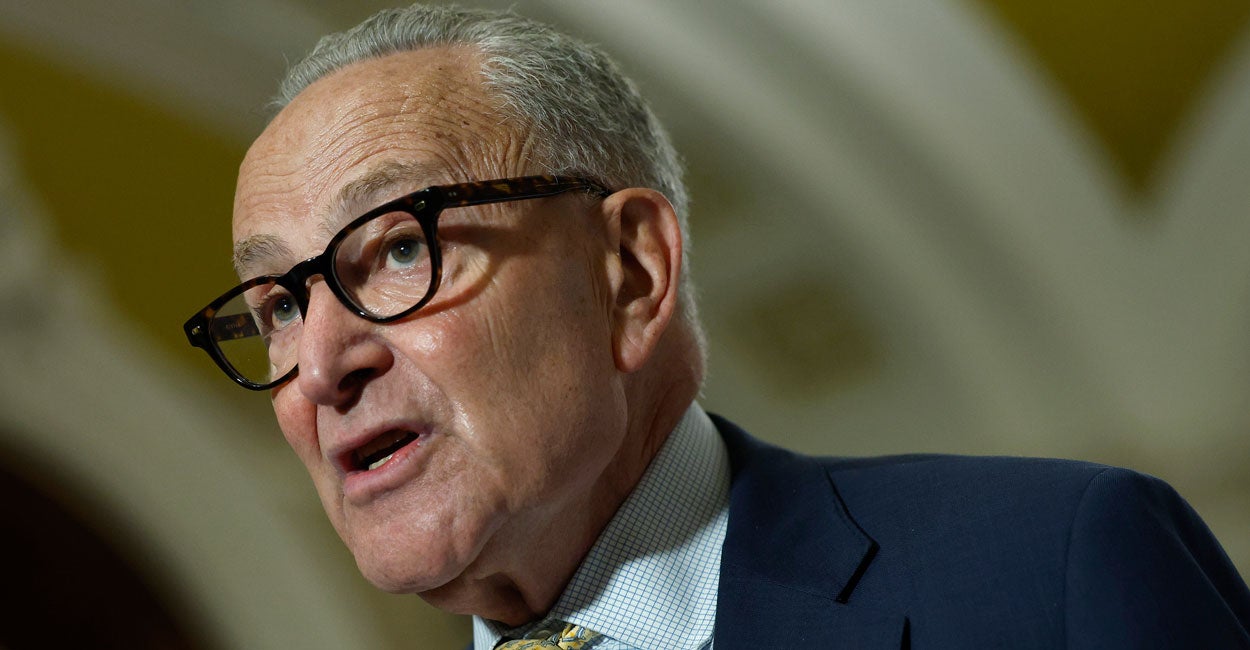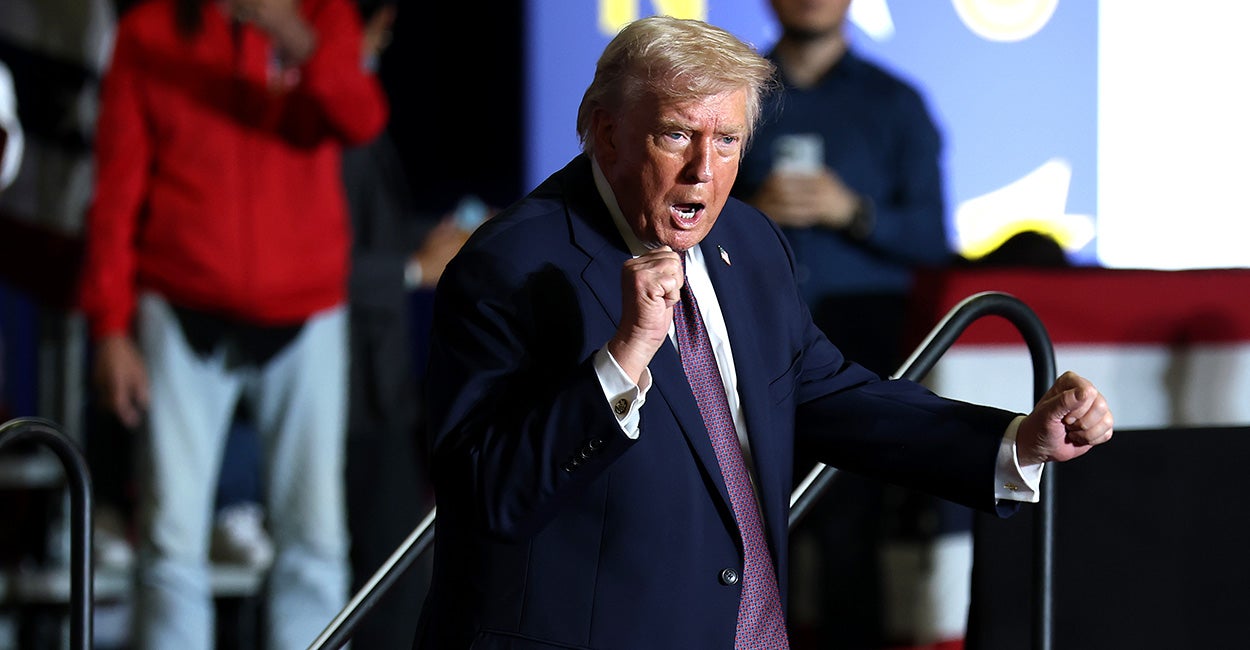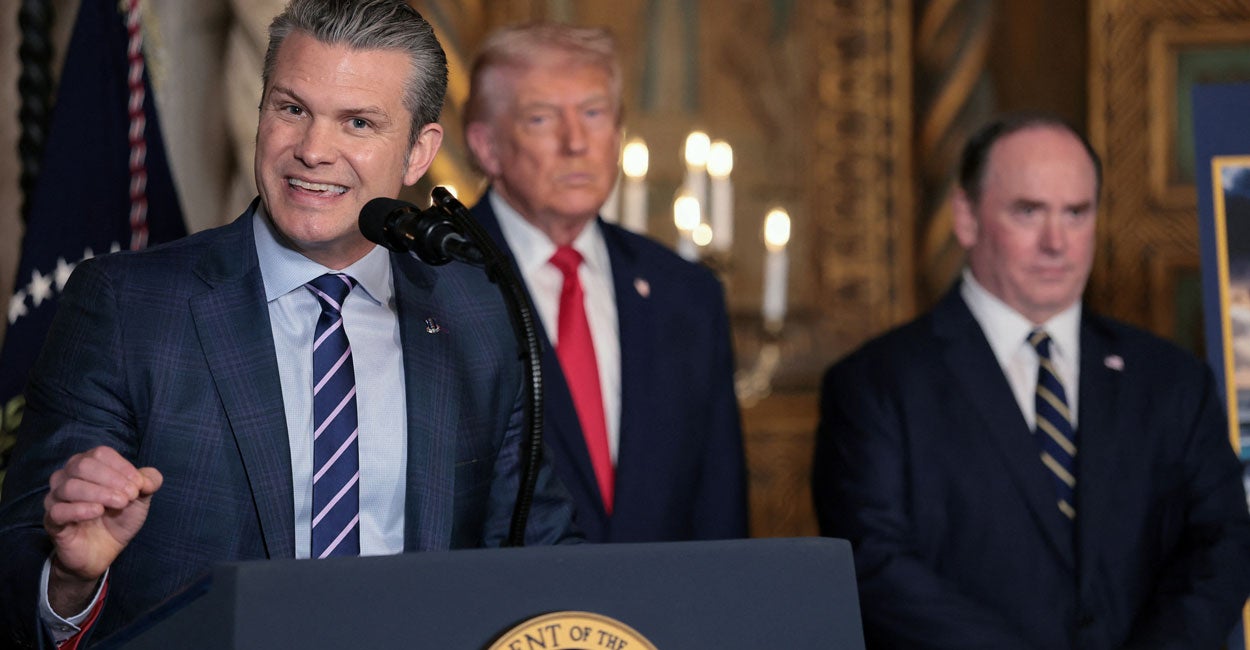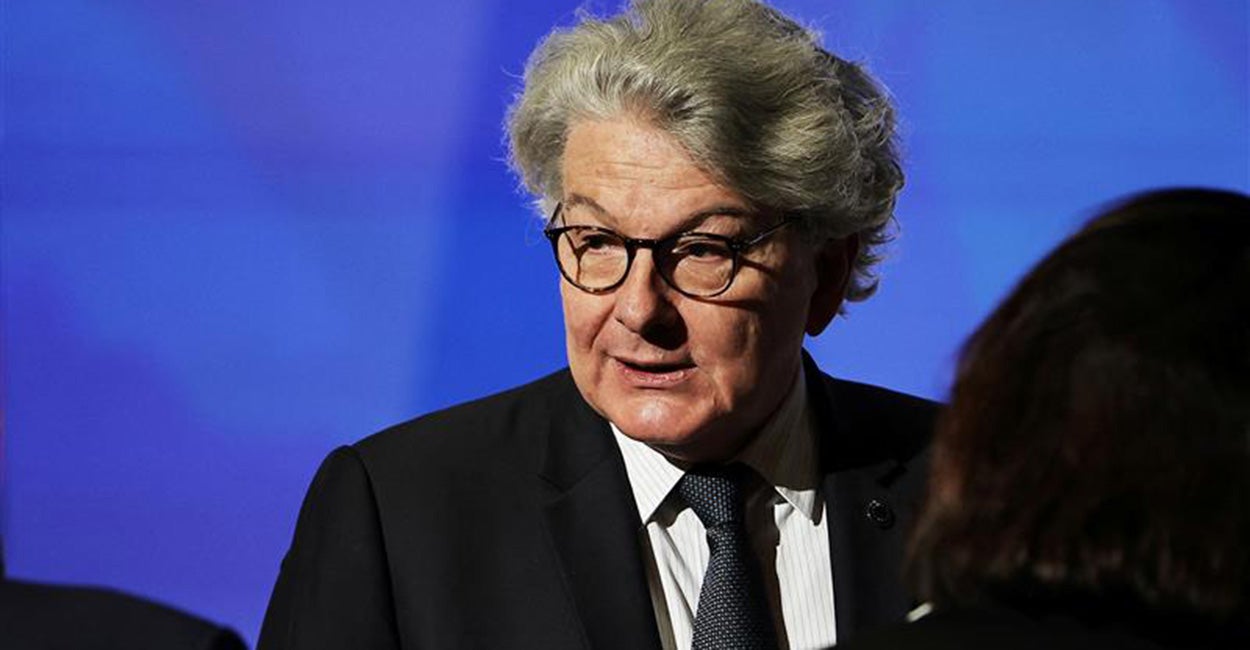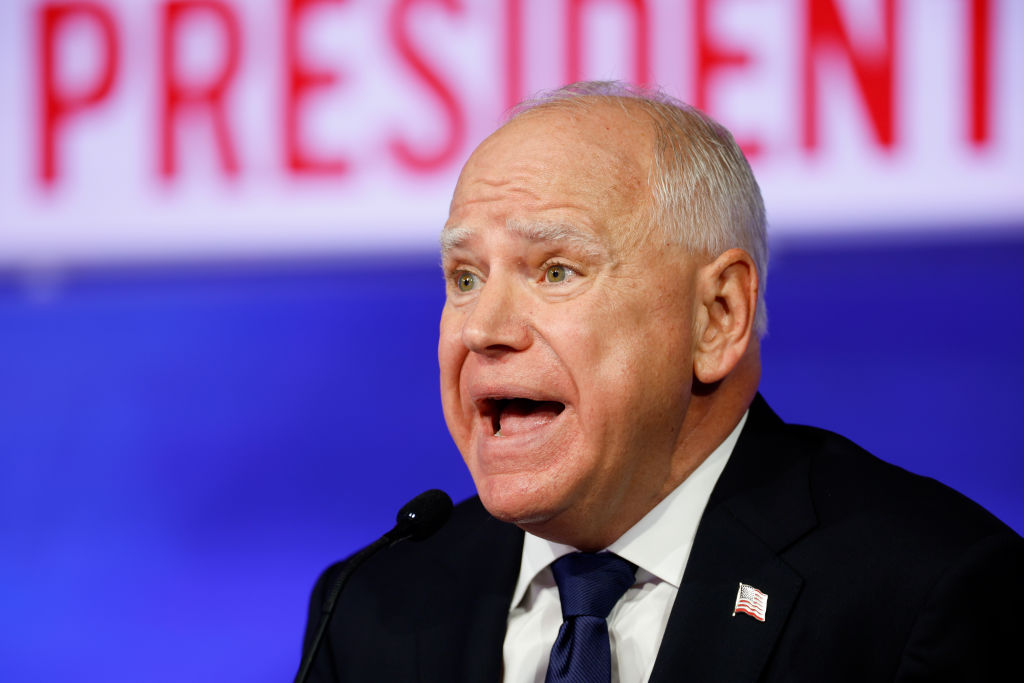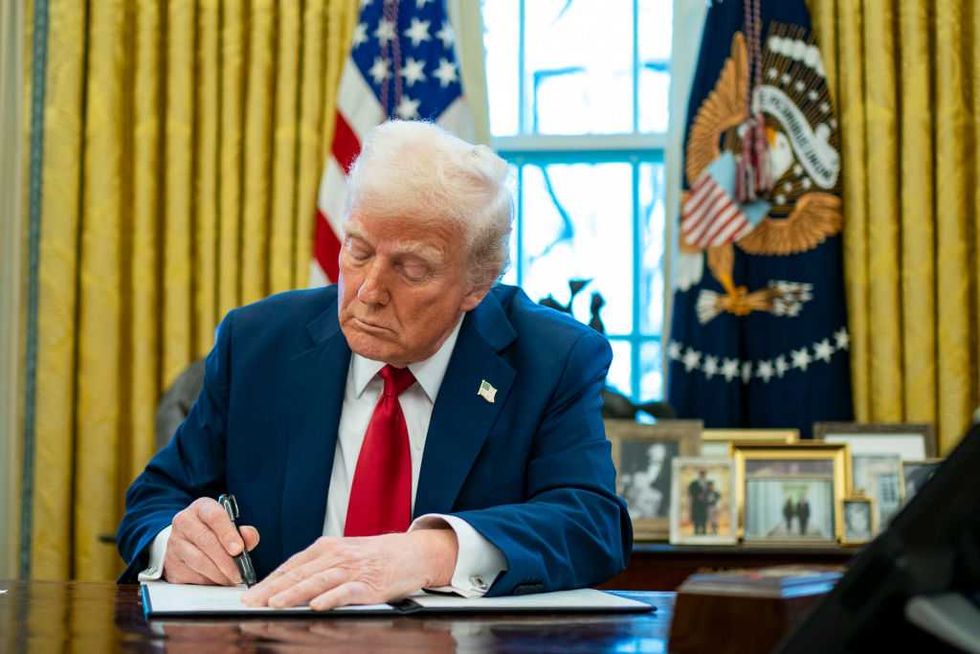Prosecuting the Russia-Trump Collusion Hoax
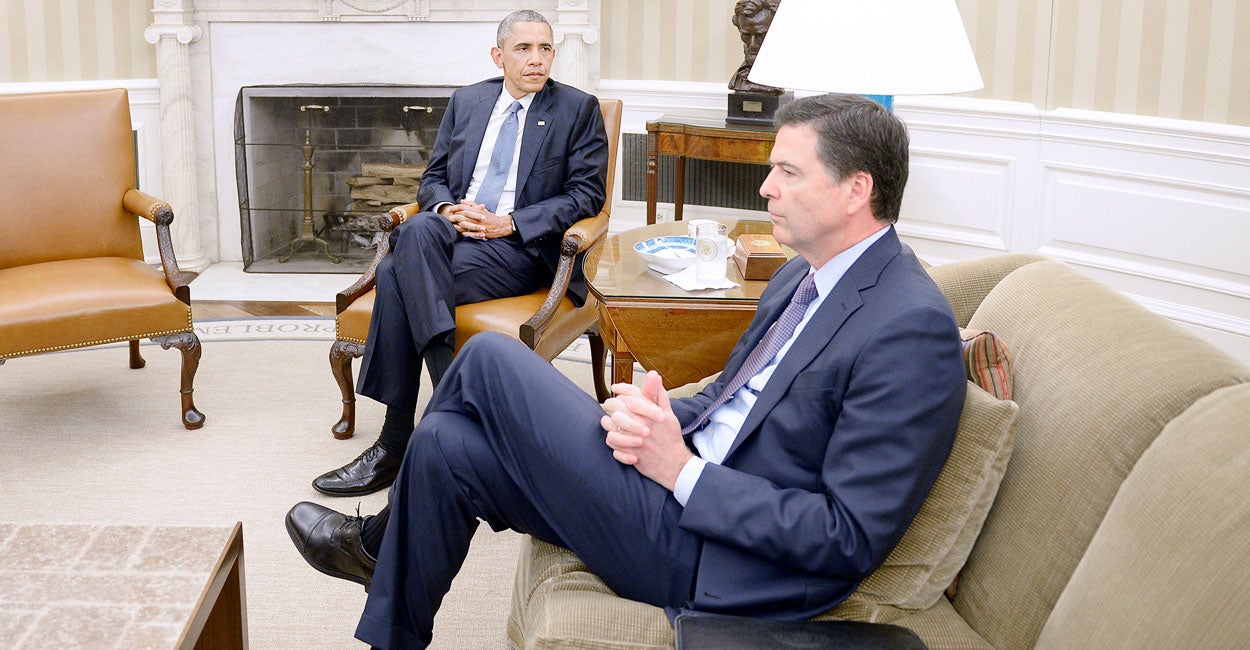
Can former federal officials be prosecuted in the Russia-Trump collusion hoax? That is the question arising from the recent actions of Director of National Intelligence Tulsi Gabbard.
Live Your Best Retirement
Fun • Funds • Fitness • Freedom
Gabbard has released declassified documents over what she says was a “treasonous conspiracy” that was “directed by President [Barack] Obama” to provide “manufactured intelligence” that “Russia had helped Donald Trump get elected.” This was in the face of contradictory intelligence analyses that said the exact opposite: that “Russia had neither the intent nor the capability to try to ‘hack the United States election.’”
Gabbard says she is sending these documents to both the FBI and the Justice Department with the hope that they will criminally prosecute those involved in this hoax. That includes, in addition to Obama, former Director of National Intelligence James Clapper, former CIA Director John Brennan, former FBI Director James Comey, and former national security adviser Susan Rice.
If we assume, just for the sake of argument, that what Gabbard is saying is correct and that the internal, formerly classified communications and perhaps other evidence support those claims, what federal criminal statutes might cover what is alleged to have occurred?
Two things should be kept in mind. First, a very thorough, intensive investigation is required to ensure that all the relevant facts and possible evidence pertaining to this claim are uncovered. Second, there is no point in federal prosecutors going forward with a prosecution unless they are confident they have a reasonable chance of obtaining a conviction.
Despite Gabbard’s understandable language about a “treasonous conspiracy,” the federal treason statute, 18 U.S.C. § 2381, seems like a pretty far stretch. As bad as the allegations are—the misuse of federal power to target a political opponent and eventual president—the statute only applies to someone who “levies war against” the country or “adheres to [its] enemies, giving them aid and comfort within the United States or elsewhere.”
What about the sedition statute, 18 U.S.C. § 2384? That criminal statute applies to “two or more persons” who “conspire to overthrow, put down, or to destroy by force the Government of the United States … or to oppose by force the authority thereof, or by force to prevent, hinder, or delay the execution of any law of the United States.” Again, even if we assume the truth of these allegations, there was no force involved in what happened.
On the other hand, what are the statutes that former special counsel Jack Smith attempted to use against Trump? He indicted Trump under 18 U.S.C. § 371 (Conspiracy to Defraud the United States); 18 U.S.C. § 1512(k) (Conspiracy to Obstruct an Official Proceeding); 18 U.S.C. § 1512(c)(2) (Obstruction of and Attempt to Obstruct an Official Proceeding); and 18 U.S.C. § 241 (Conspiracy Against Rights).
The description Smith gives in the original grand jury indictment to justify using these particular federal criminal statutes seems to fit Gabbard’s description very aptly. Here is that description—just substitute Clapper, Brennan, and company for Trump as the defendants (changes are in brackets):
So for more than two months following election day on November [8, 2016], the Defendant[s] spread lies that there had been outcome-determinative fraud in the election [by the Russian government in conspiracy with the Trump campaign] and that [Hillary Clinton] had actually won. Those claims were false, and Defendant[s] knew that they were false. But the Defendant[s] repeated and widely disseminated them anyway—to make [their] knowingly false claims appear legitimate, create an intense national atmosphere of mistrust and anger, and erode public faith in the administration of the election [and the legitimacy of the Trump presidency].
Remarkable resemblance to Gabbard’s allegations, isn’t it?
Were the alleged conspirators obstructing an official proceeding? Last year in Fisher v. U.S., the Supreme Court held that prosecution under that statute requires showing that a defendant impaired the availability or integrity of documents used in an official proceeding, which includes creating false evidence. That could apply here if official intelligence reports were falsified as is alleged and that became part of the official investigation.
The federal fraud statute Smith was using is very general and applies to those conspiring to defraud the United States “in any manner or for any purpose.” But the use of this fraud statute by Smith was very questionable.
As my colleague John Malcolm has pointed out, in recent cases “the Supreme Court has taken a dim view of more amorphous theories of what constitutes fraud against the United States.” In a unanimous opinion in 2023 in Ciminelli v. U.S., the court held that “Federal fraud statutes criminalize only schemes to deprive people of traditional property rights,” like money or property. They don’t “vest a general power” in the federal government to enforce its view of “integrity in broad swaths of state and local policymaking.”
The serious misbehavior here doesn’t seem to meet that requirement.
And a “Conspiracy Against Rights?” That statute covers conspirators who “injure, oppress, threaten, or intimidate any person … in the free exercise or enjoyment of any right or privilege secured to him by the Constitution or laws of the United States, or because of his having so exercised the same.”
This statute was part of the Enforcement Act of 1871, also known as the Ku Klux Klan Act, and was designed to stop the violence against newly freed blacks in the South. Appling it to Trump for merely questioning the outcome of the 2020 election was a gross misuse of the statute.
Could it be applied to the actions of Brennan, Clapper, and other alleged conspirators? Perhaps. But the statute had never been applied in this manner before Smith tried to misuse it.
Finally, to the extent any of these alleged conspirators lied about what they did when they were testifying before Congress, that is a potential violation of 18 U.S.C. § 1621. This federal statute makes it a crime for an individual under oath to “testify, declare, depose, or certify truly … any material matter which he does not believe to be true.”
The biggest problem any investigation conducted by the Justice Department faces is the federal statute of limitations. All of this is alleged to have happened at the end of 2016 and in 2017, more than five years ago. That is significant because the general federal statute of limitations for most crimes, 18 U.S.C. § 3282, is five years.
There are exceptions. There is no statute of limitations on treason, espionage, or capital crimes such as murder, but that is not the situation here.
Additionally, for those hoping that the evidence would be sufficient to prosecute Obama, that also is highly unlikely to happen. Recall that last year, the Supreme Court held in Trump v. U.S. that presidents have absolute immunity from federal criminal prosecutions for actions taken within the scope of their official duties while president.
If all the facts alleged are true, was Obama acting within the scope of his constitutional authority as president? Maybe not but trying to prove that in a court of law in order to overcome the Supreme Court’s holding of his presumptive immunity would be an almost impossible task.
Regardless of whether criminal prosecutions are possible and proper, the American people have a right to know what happened and whether high-level officials within the government abused their authority for political purposes.
If they did, they should never hold a position of public trust again, and guardrails should be put in place to make sure that nothing like this ever occurs again.
The post Prosecuting the Russia-Trump Collusion Hoax appeared first on The Daily Signal.
Originally Published at Daily Wire, Daily Signal, or The Blaze
What's Your Reaction?
 Like
0
Like
0
 Dislike
0
Dislike
0
 Love
0
Love
0
 Funny
0
Funny
0
 Angry
0
Angry
0
 Sad
0
Sad
0
 Wow
0
Wow
0
